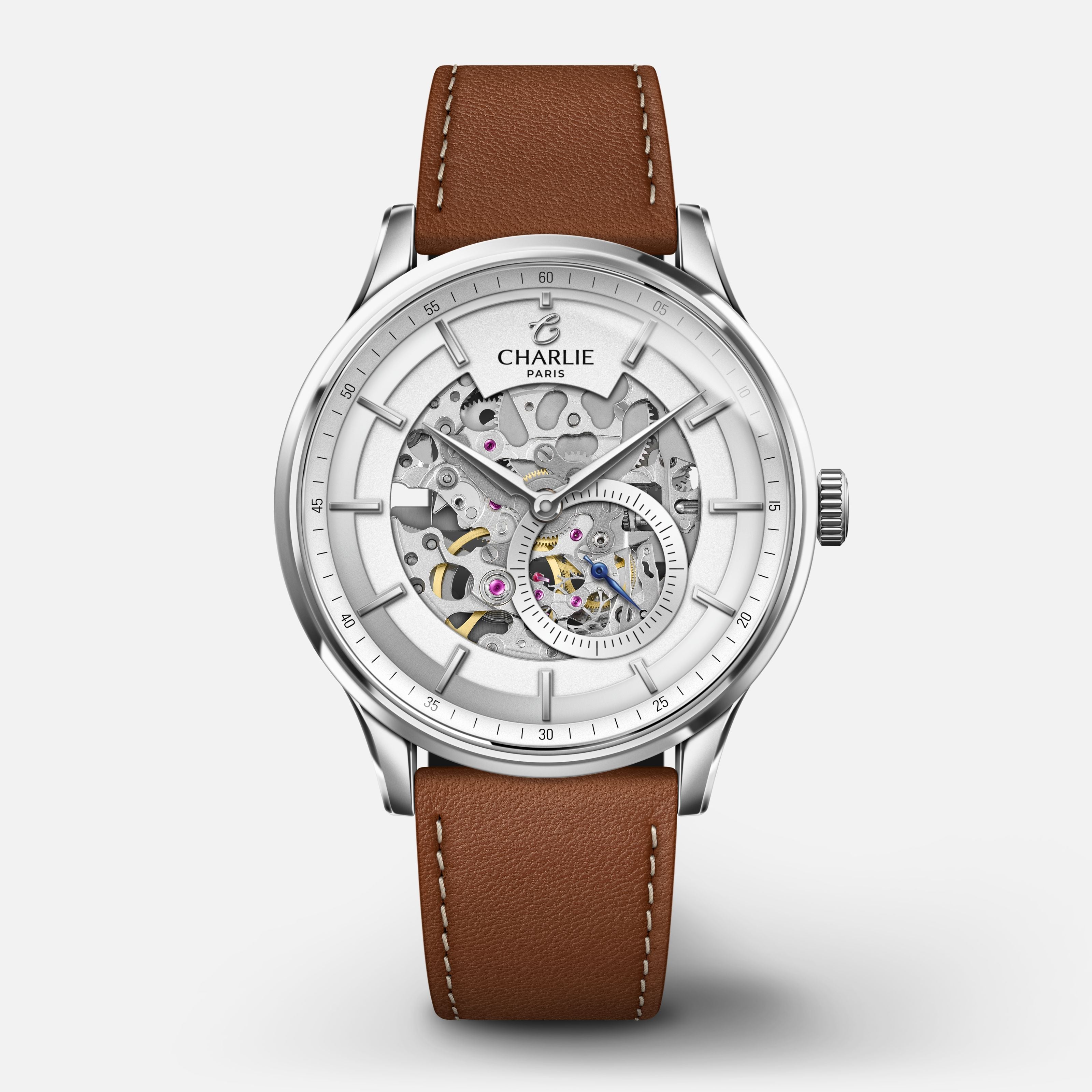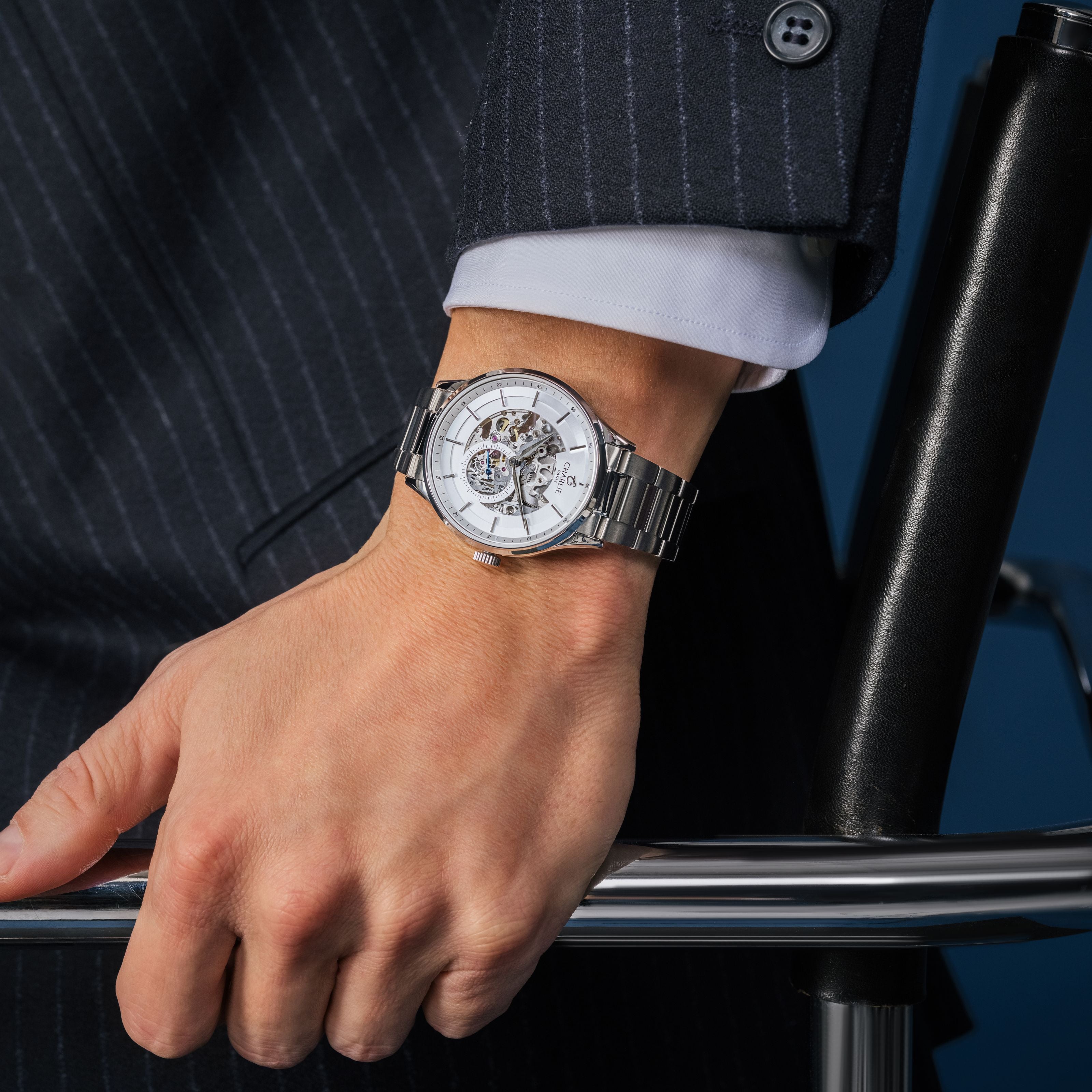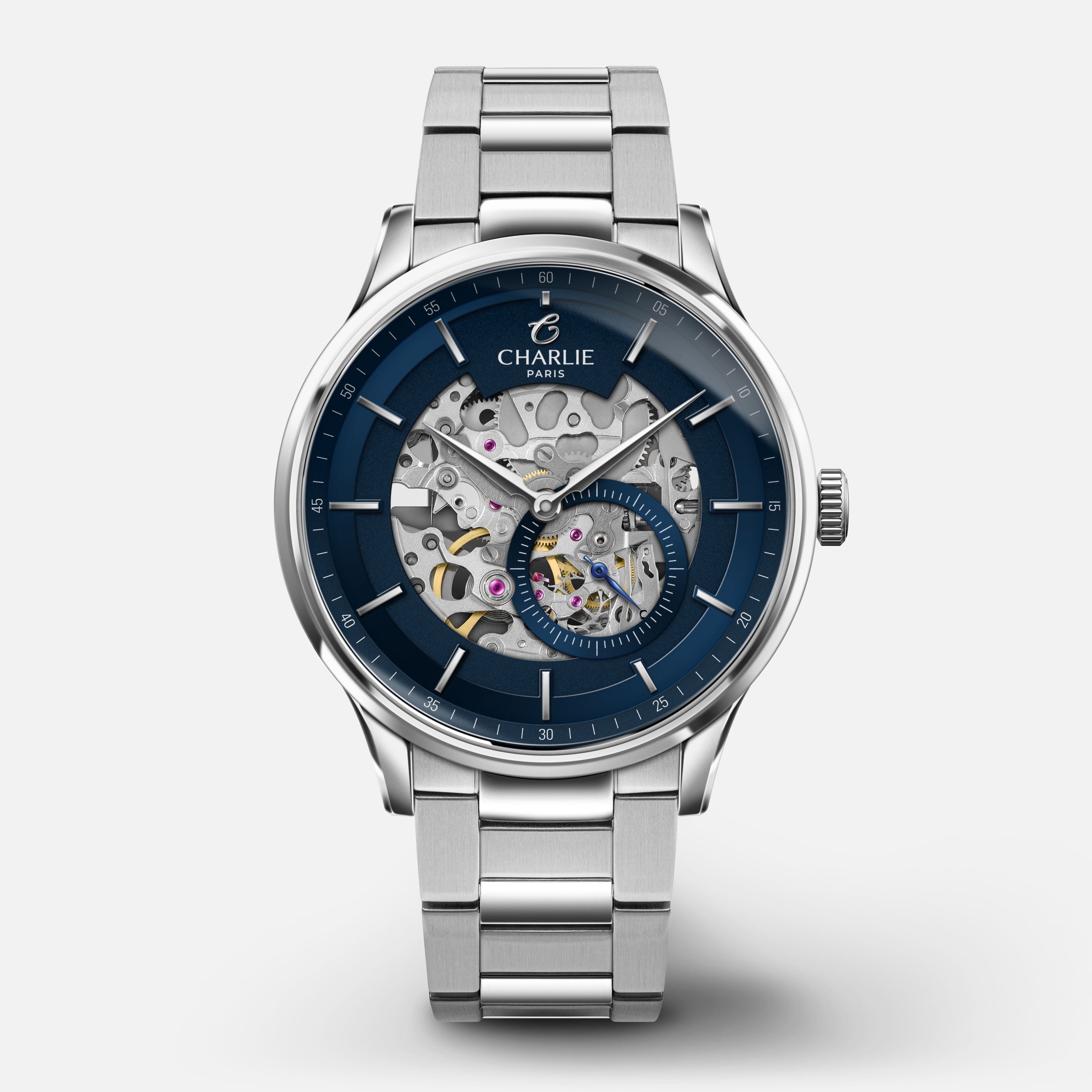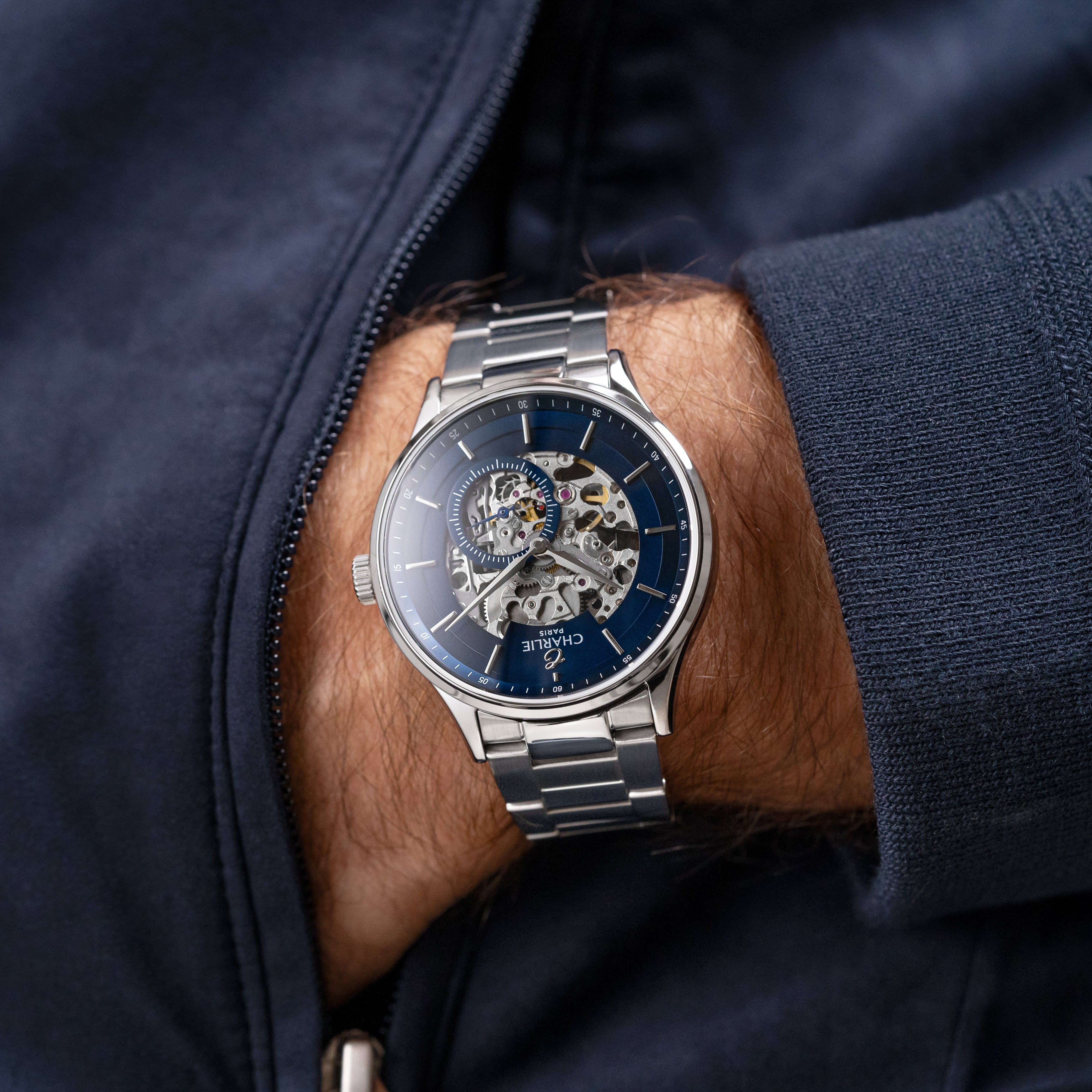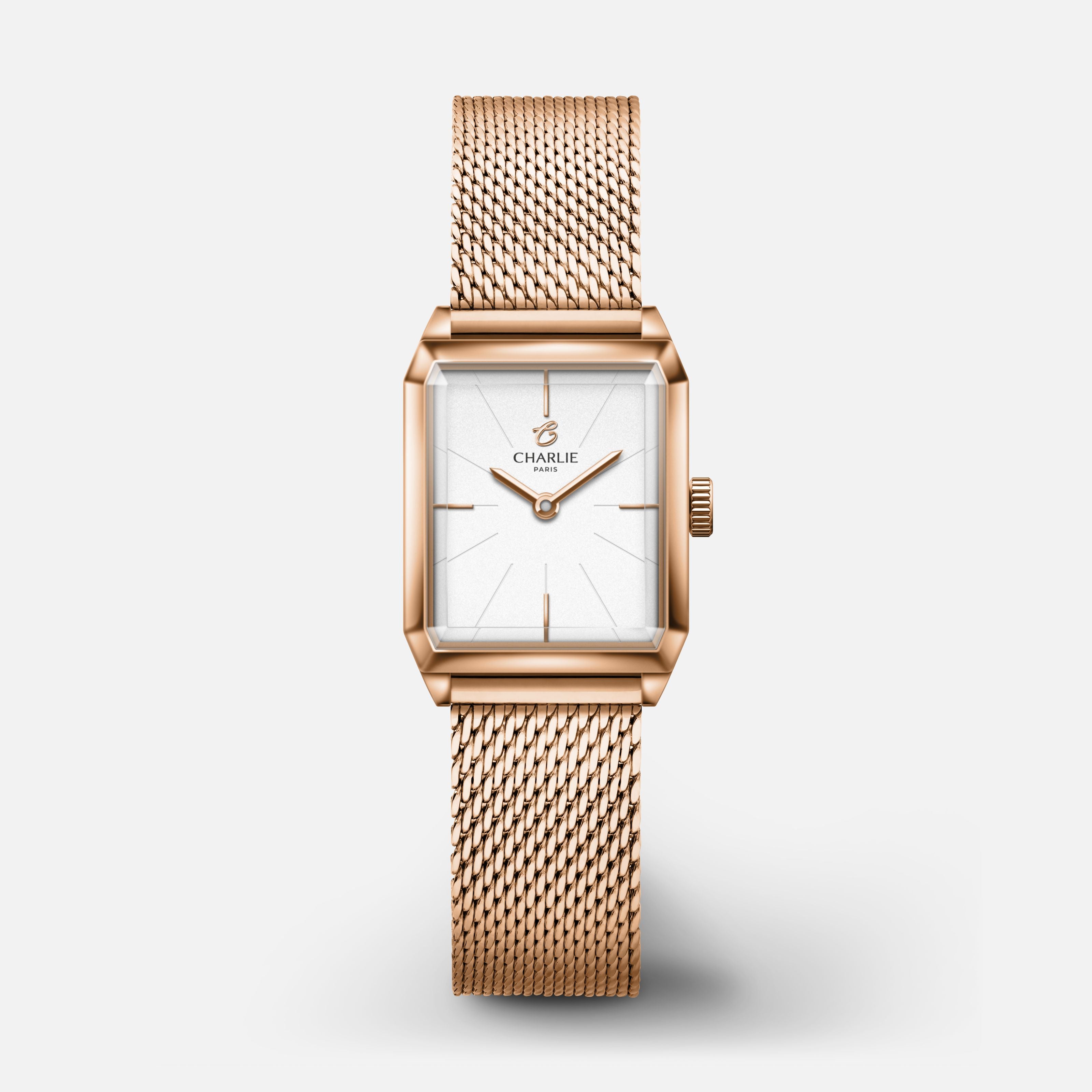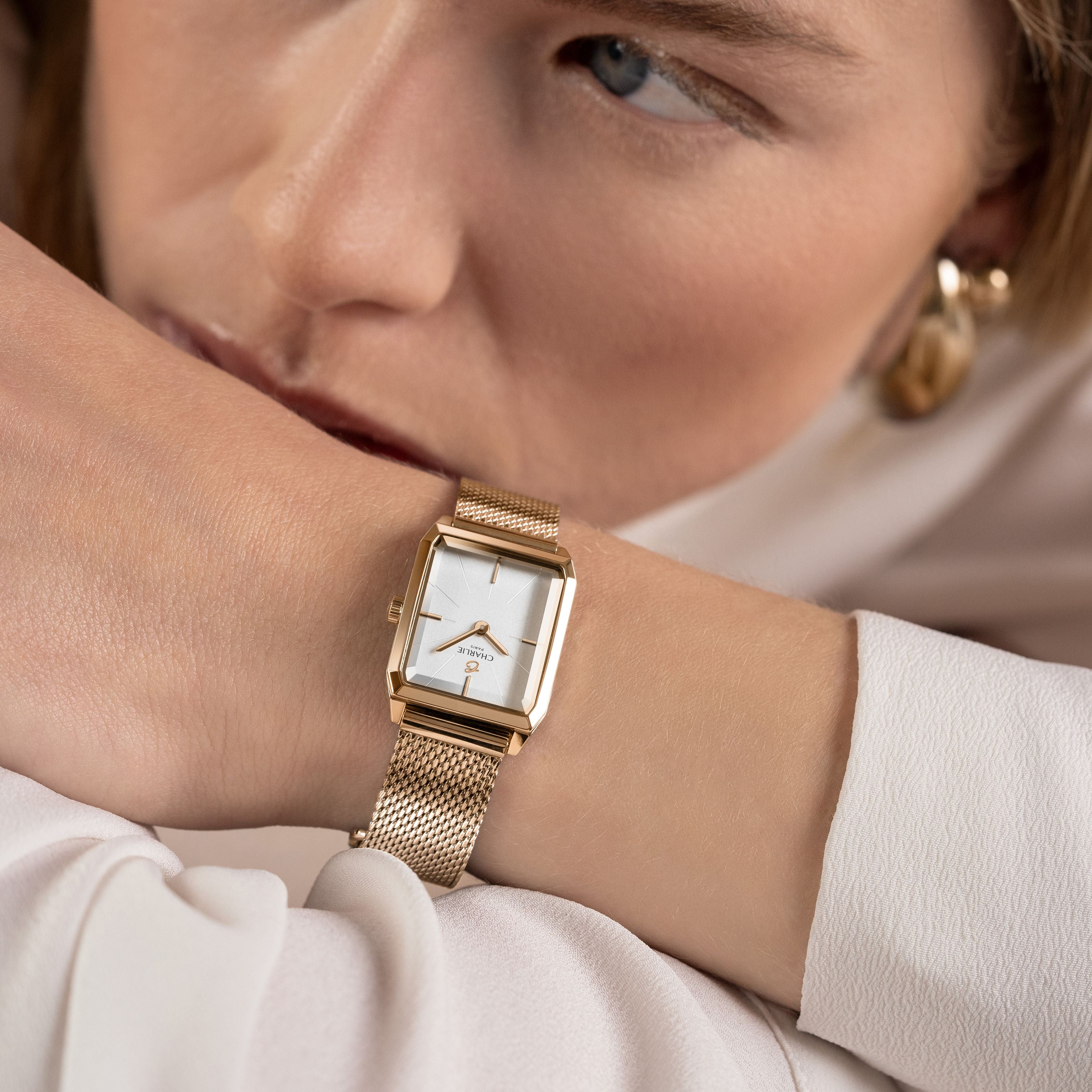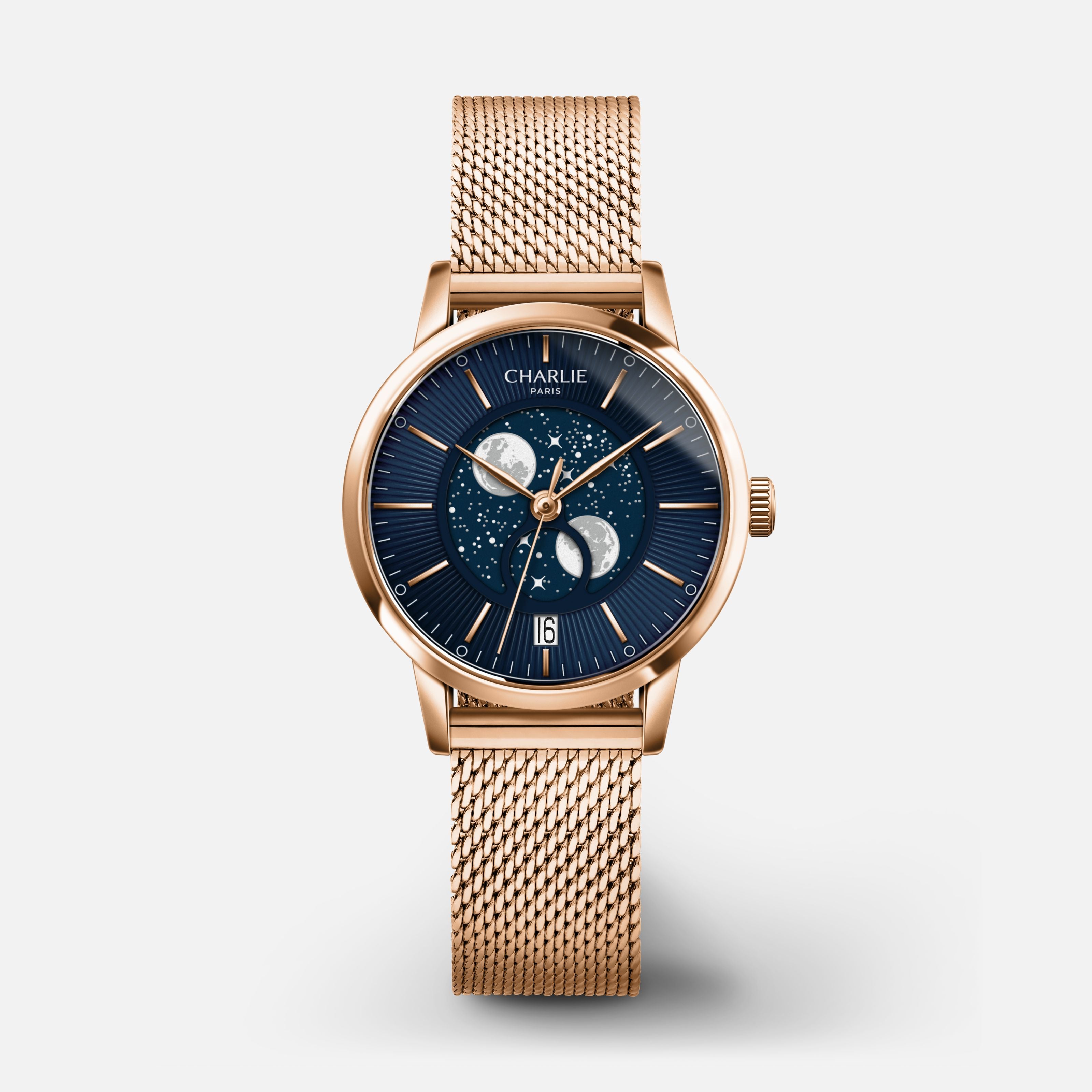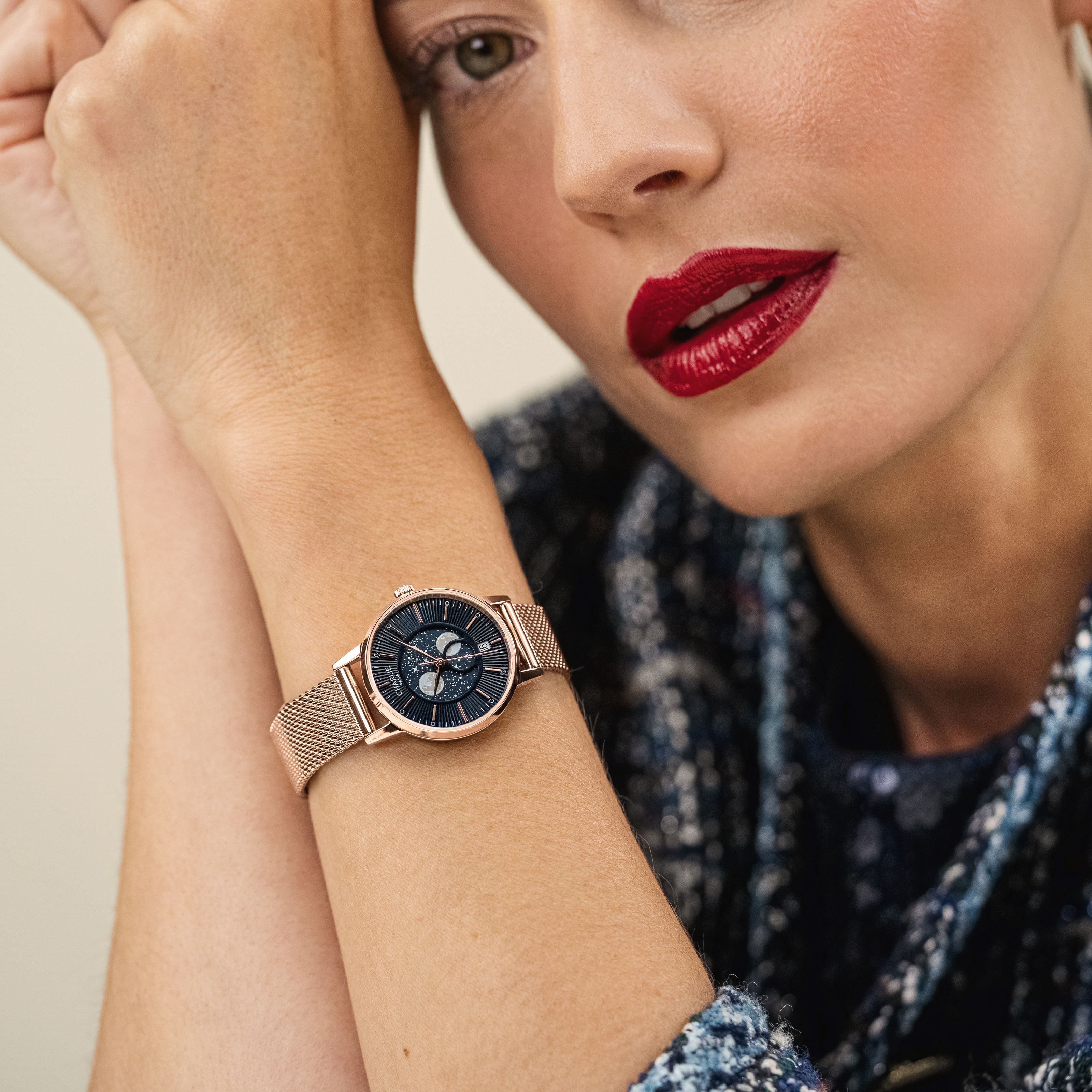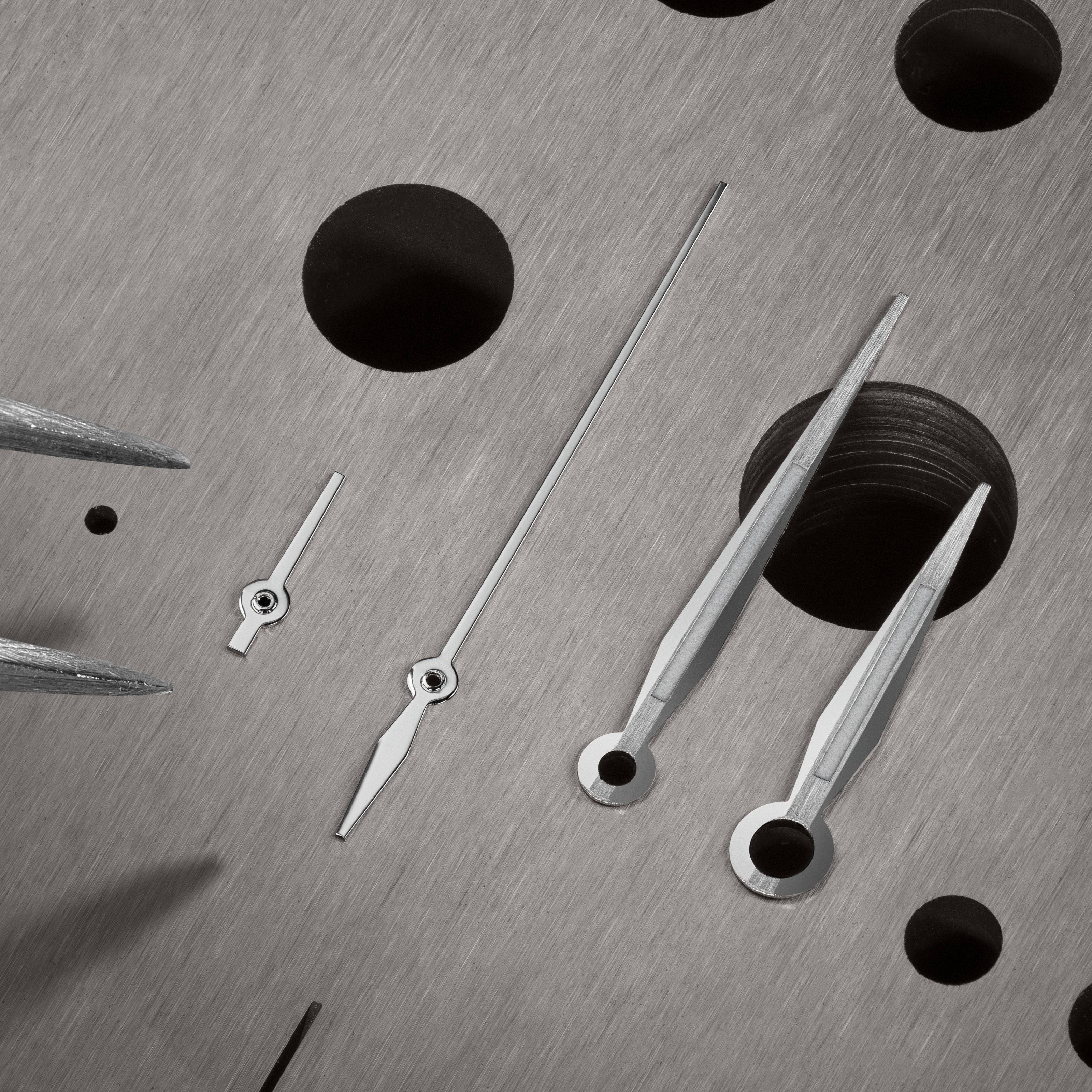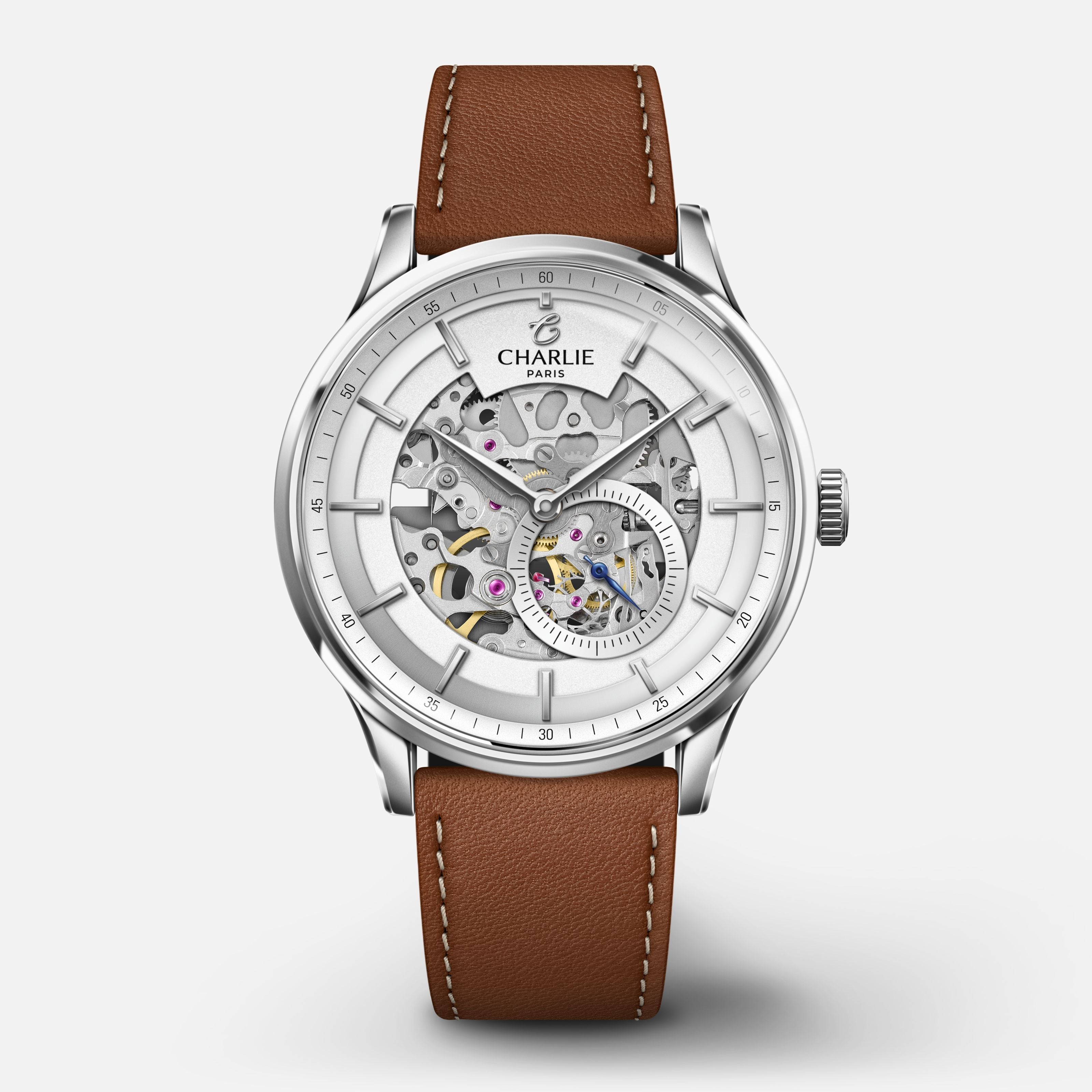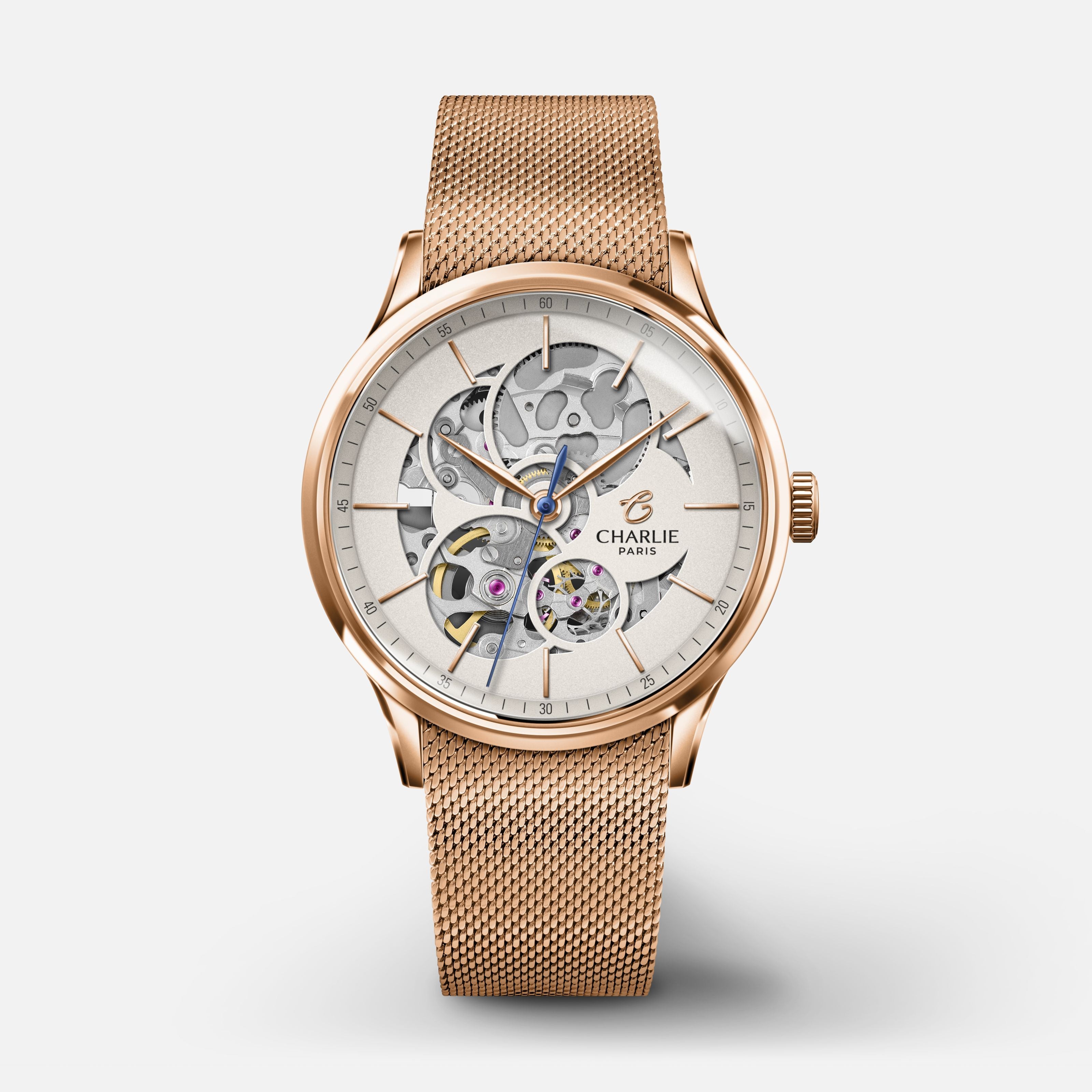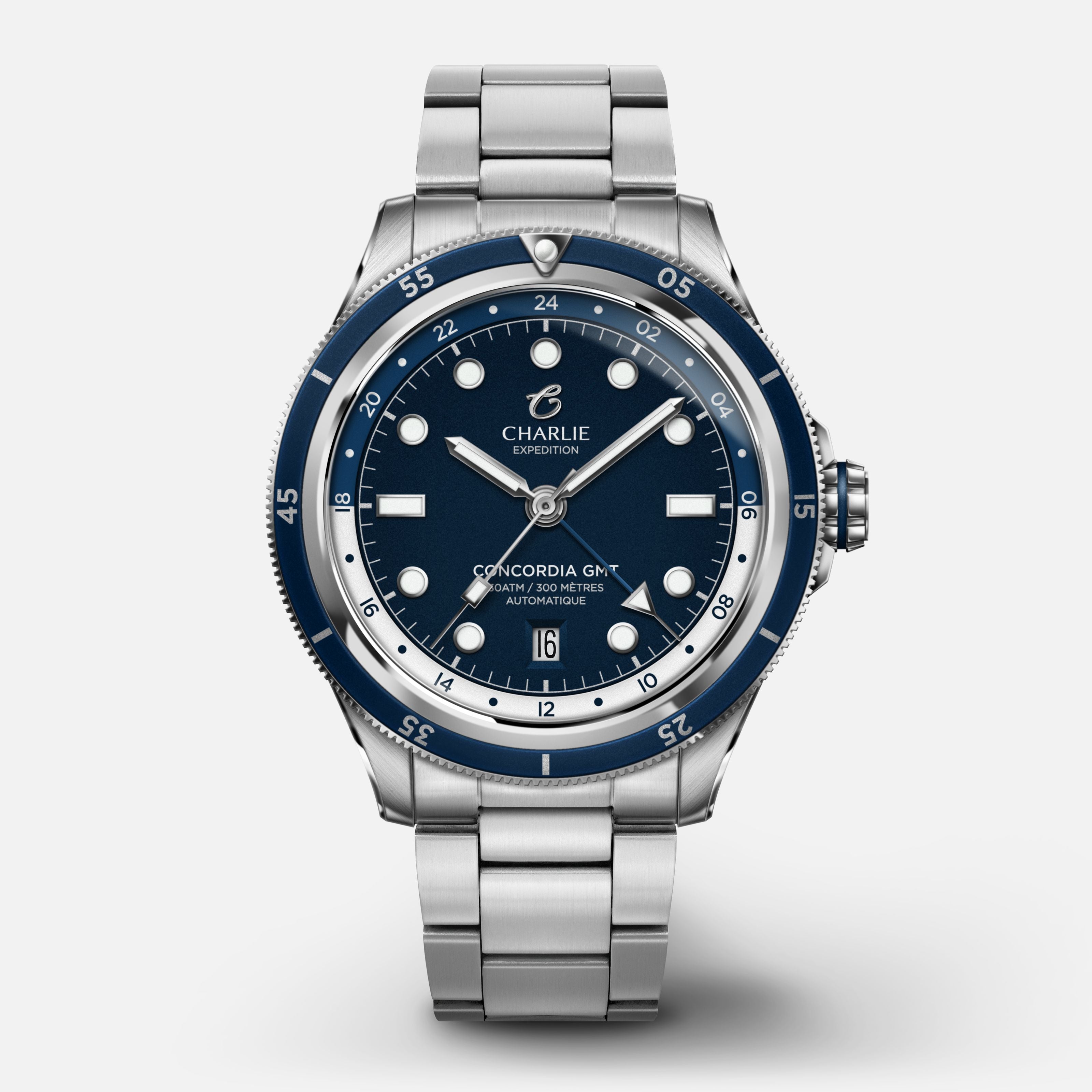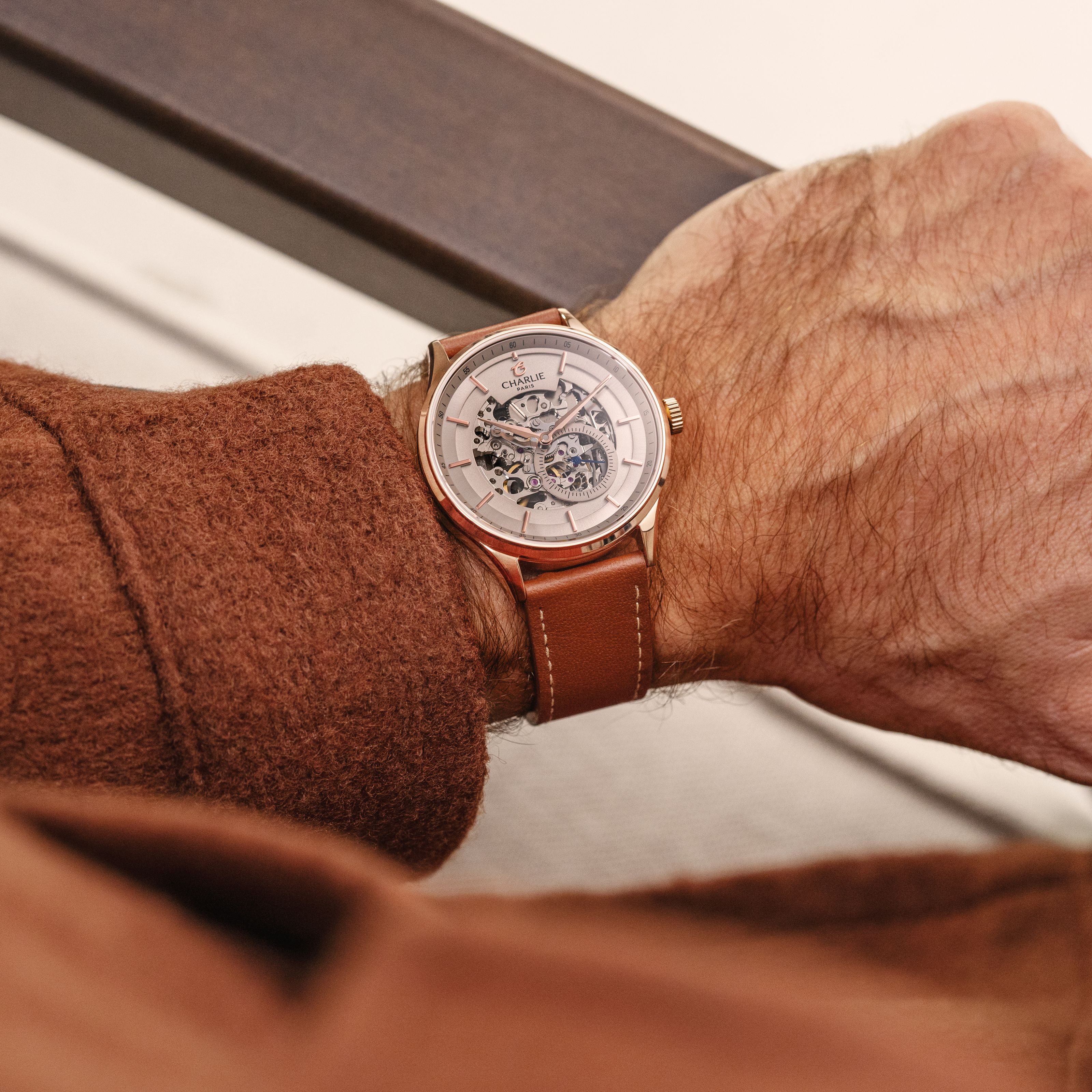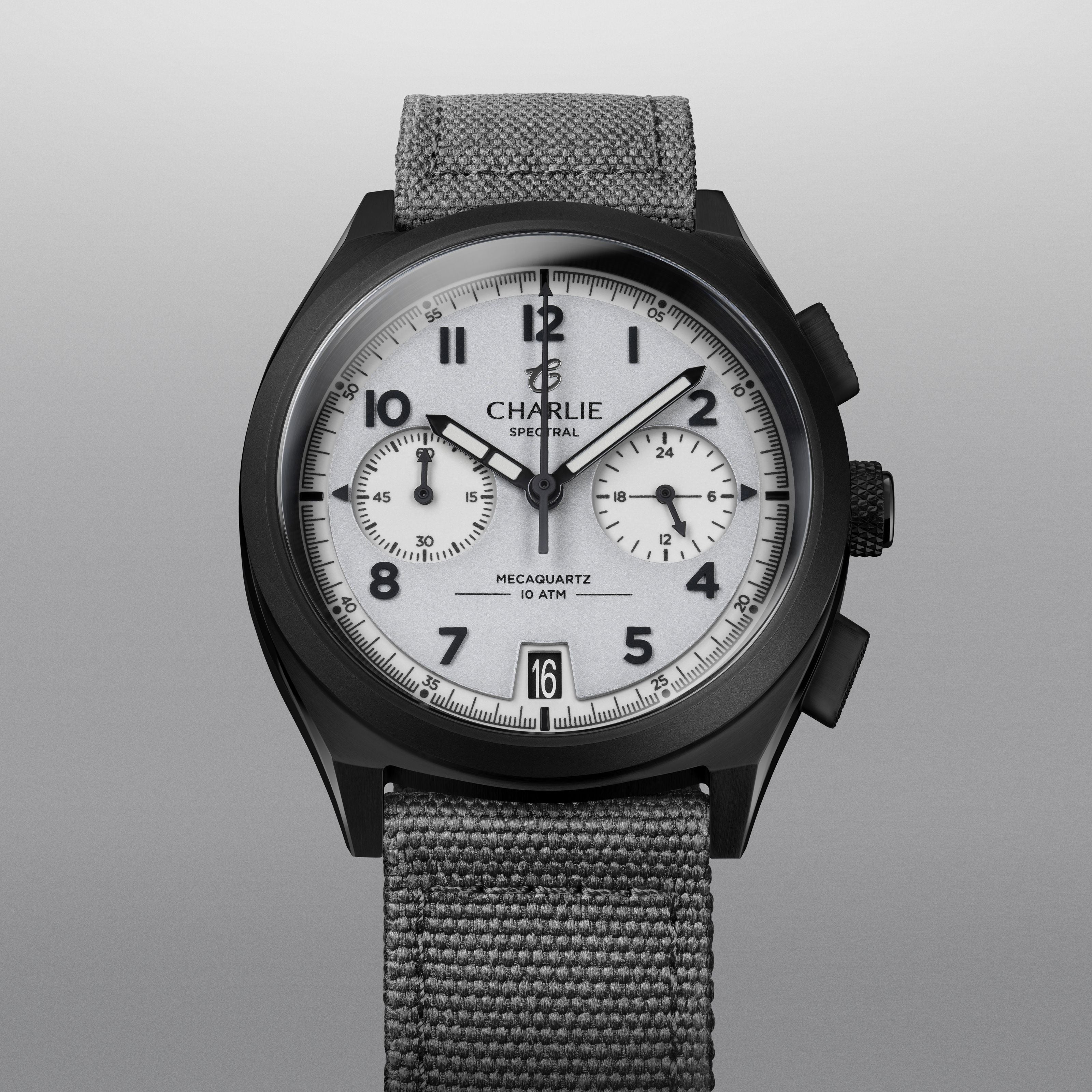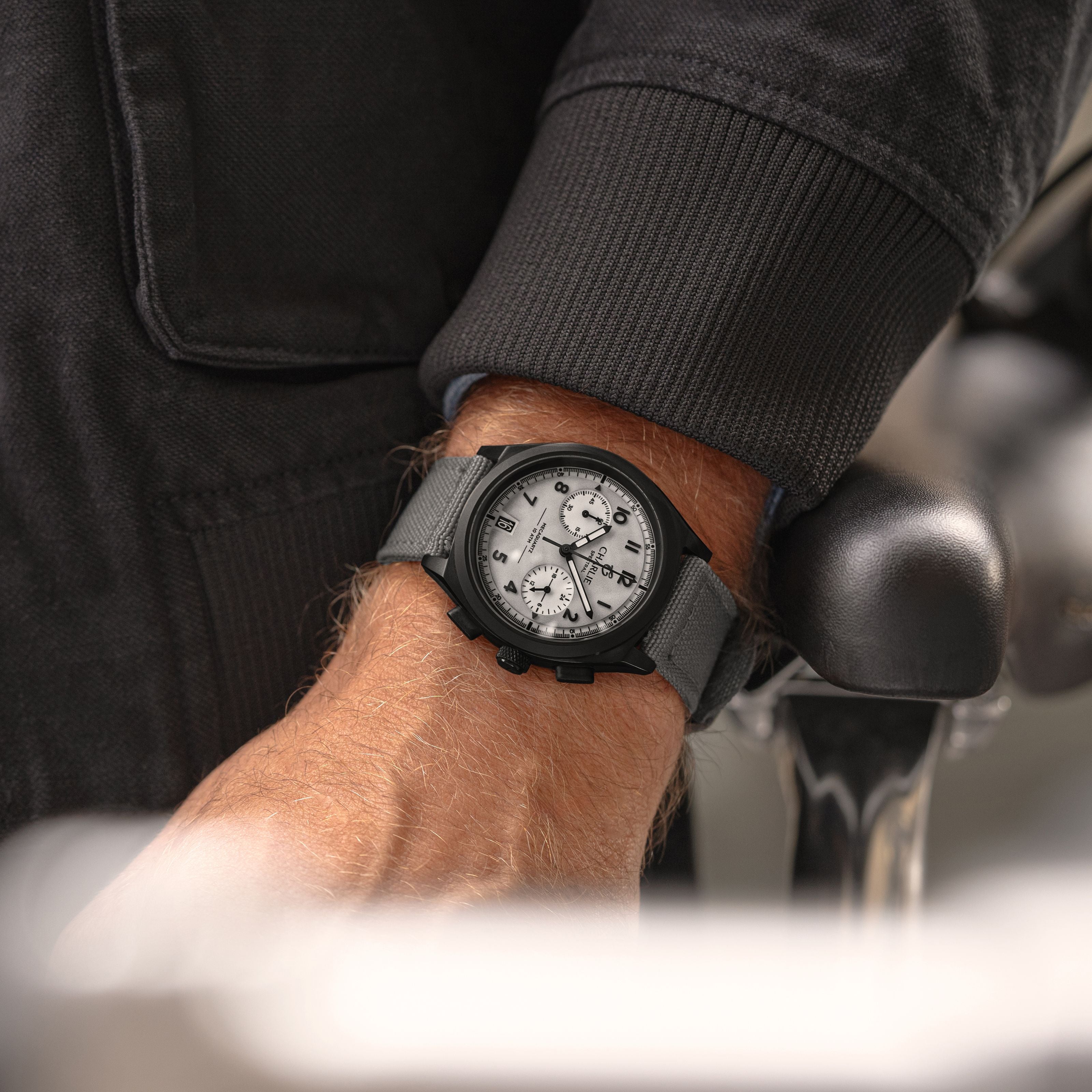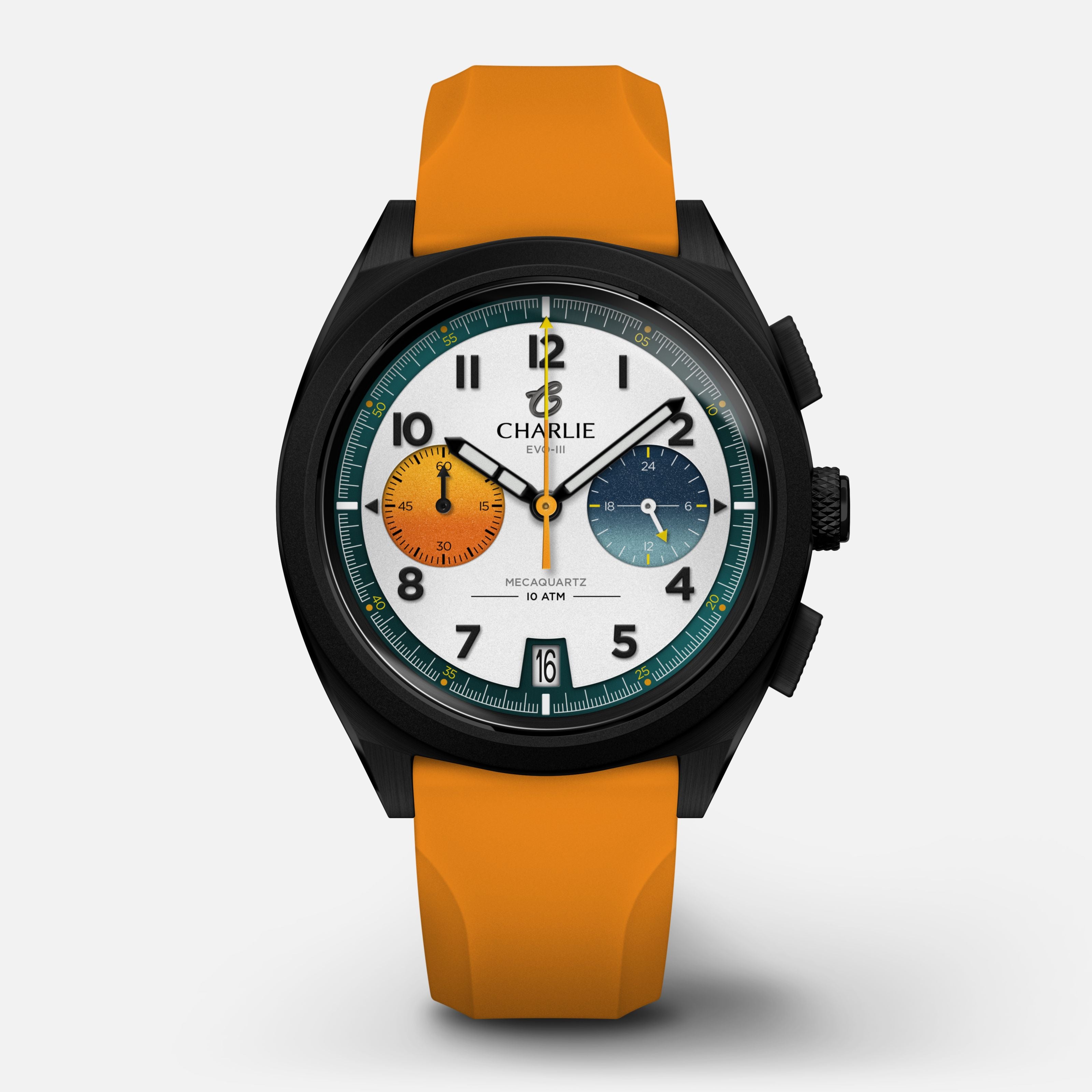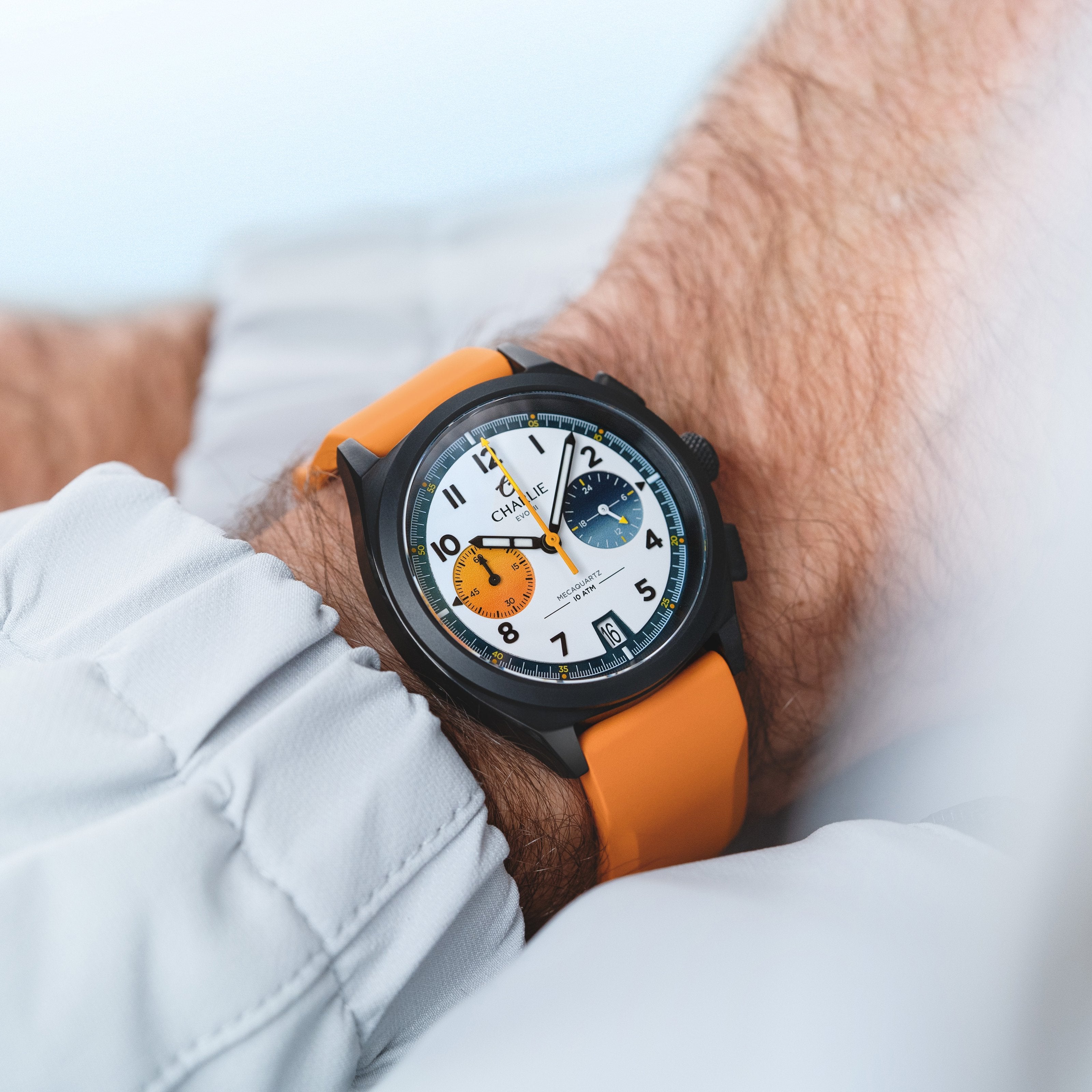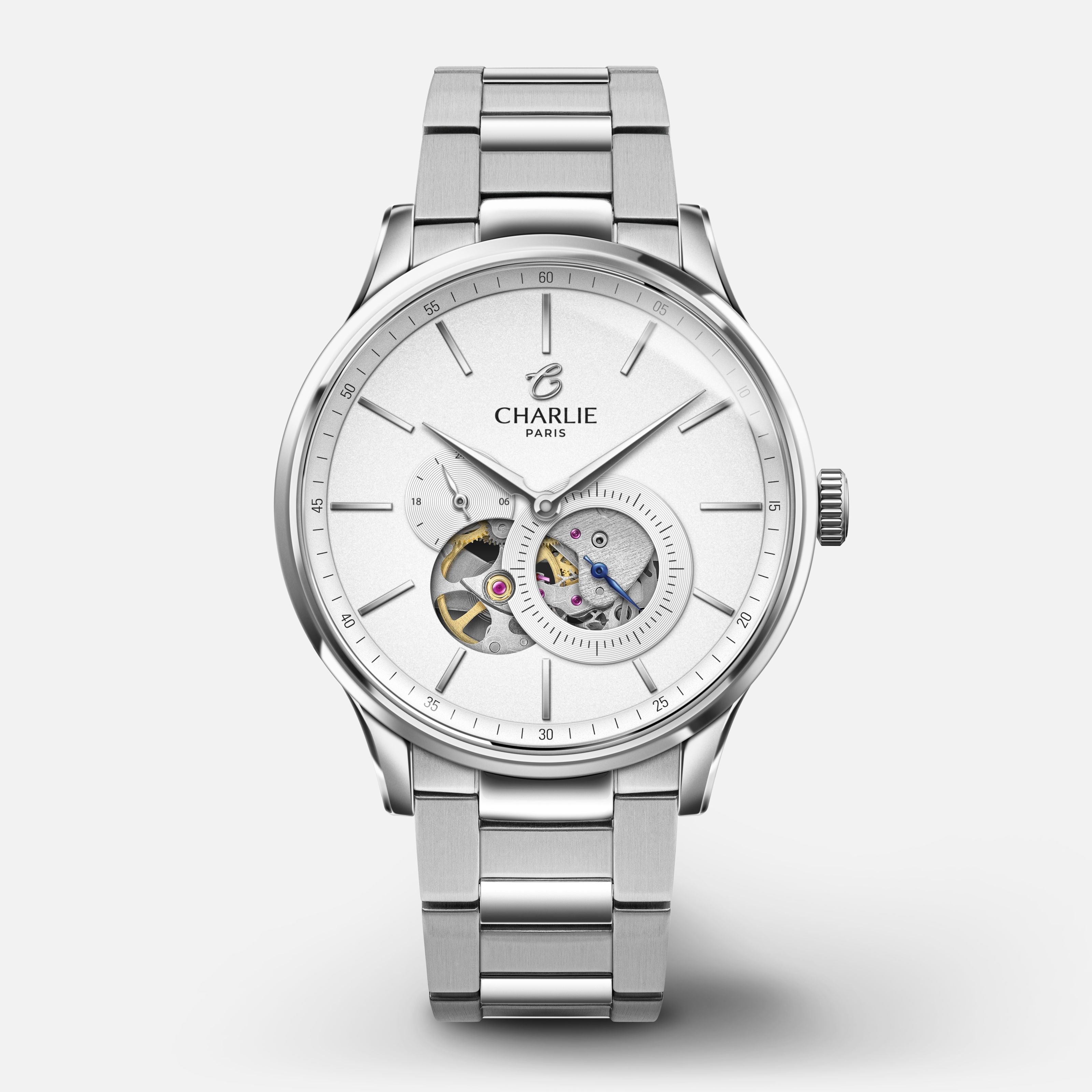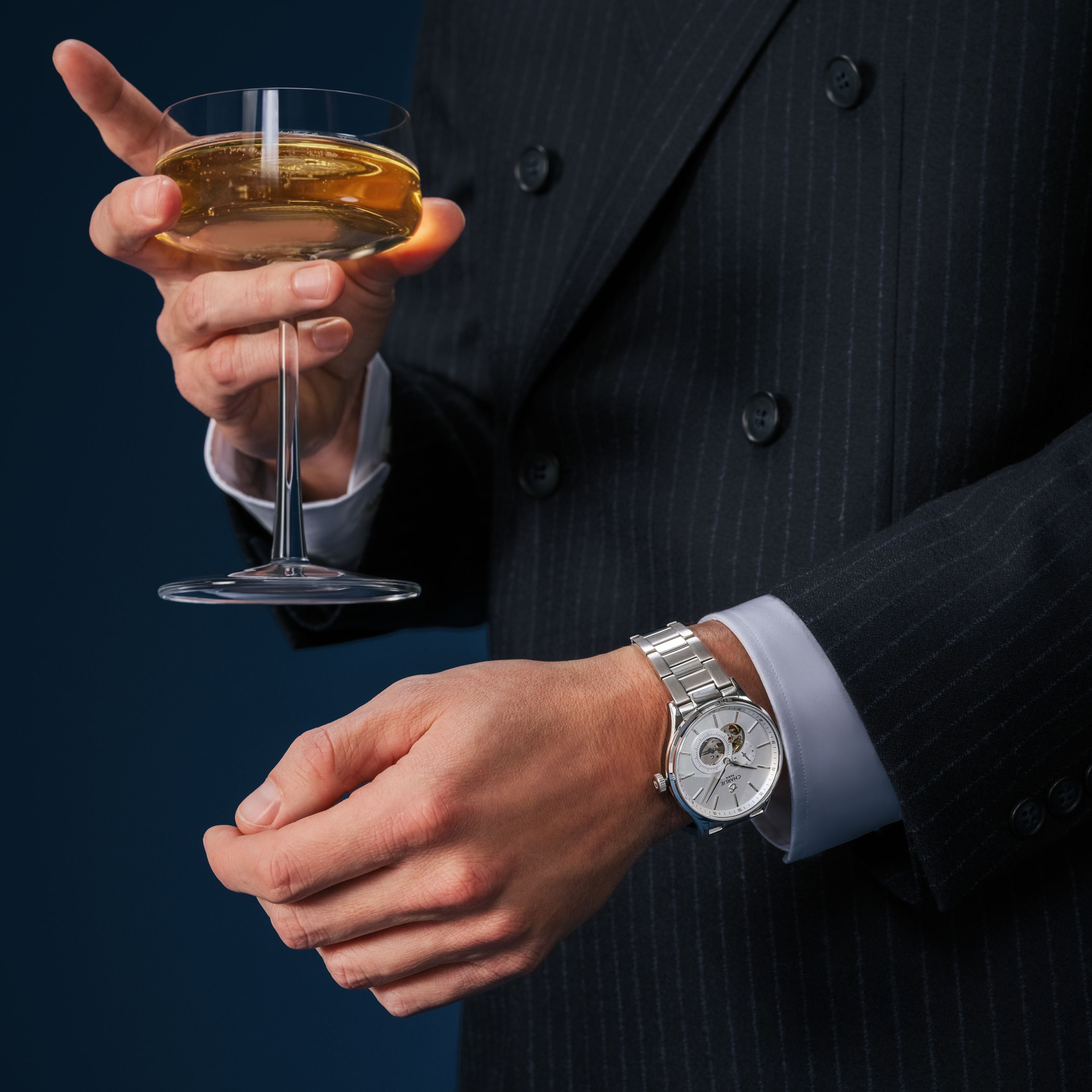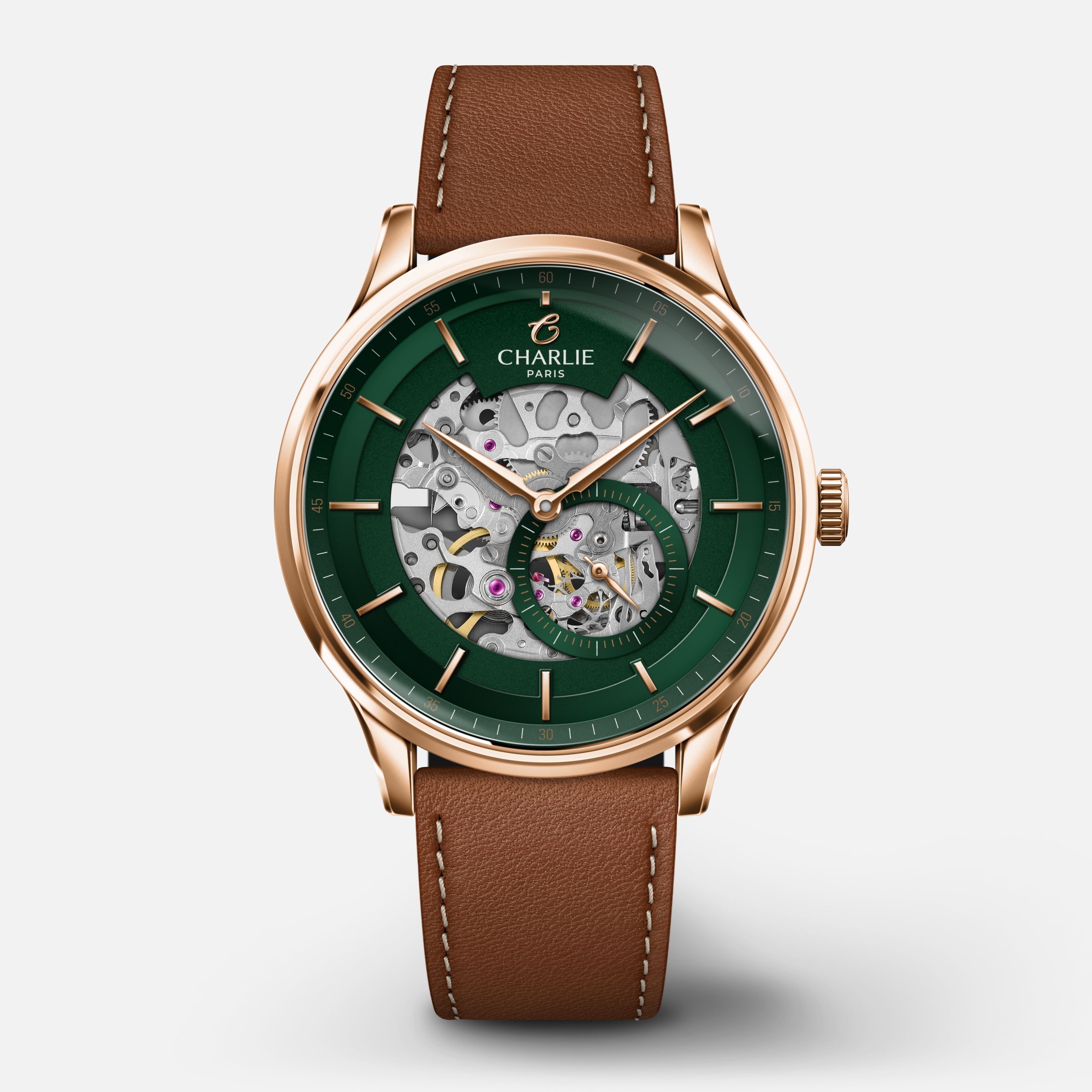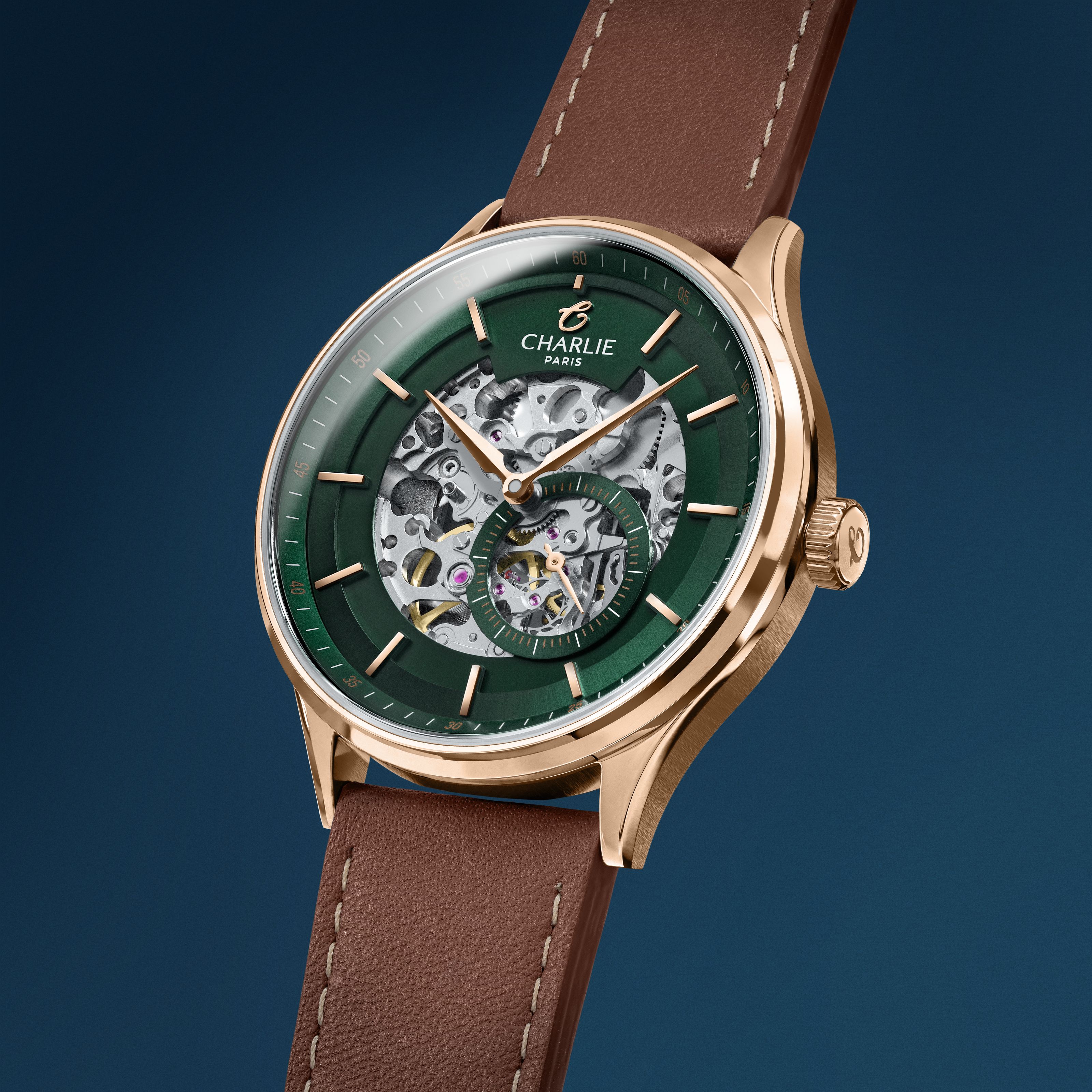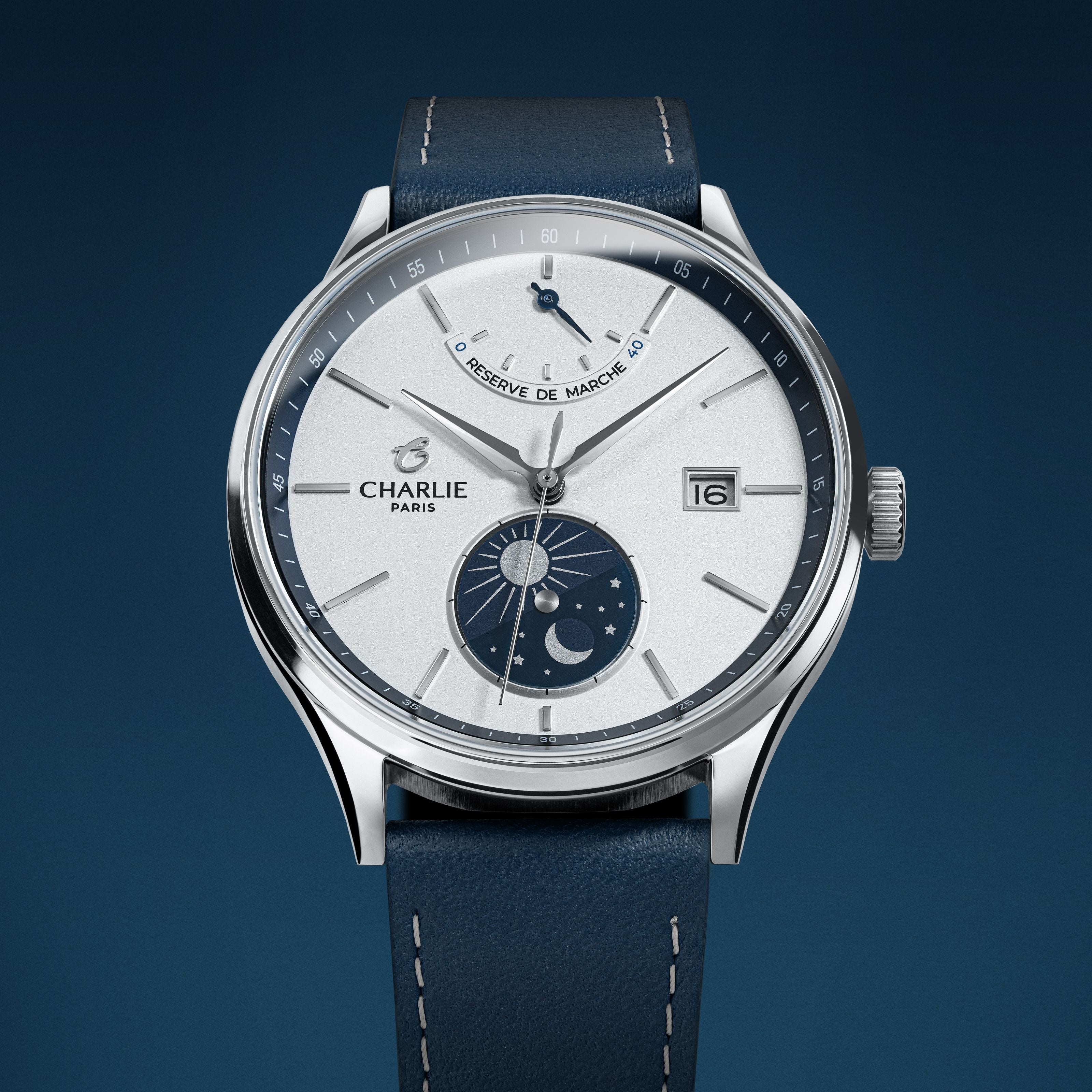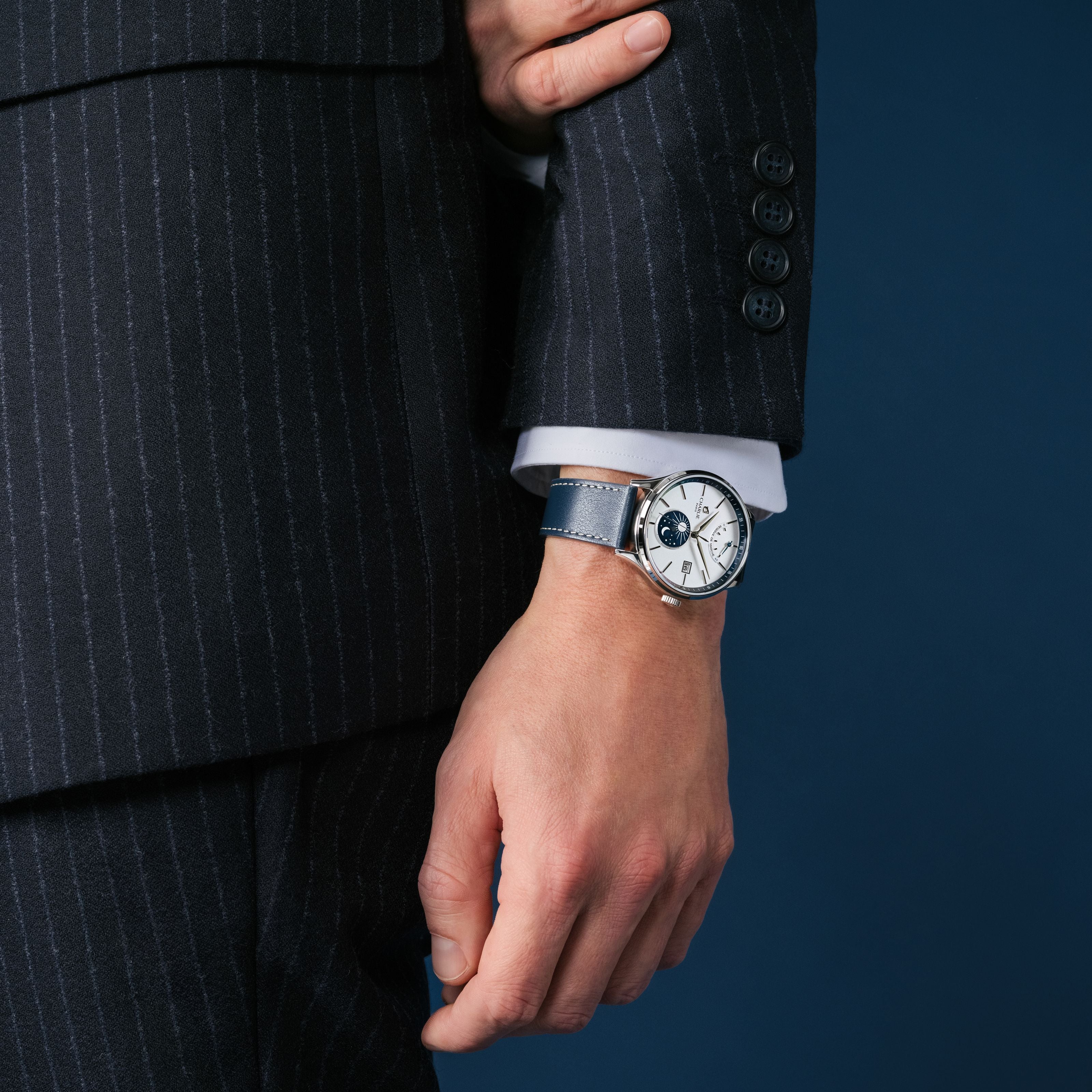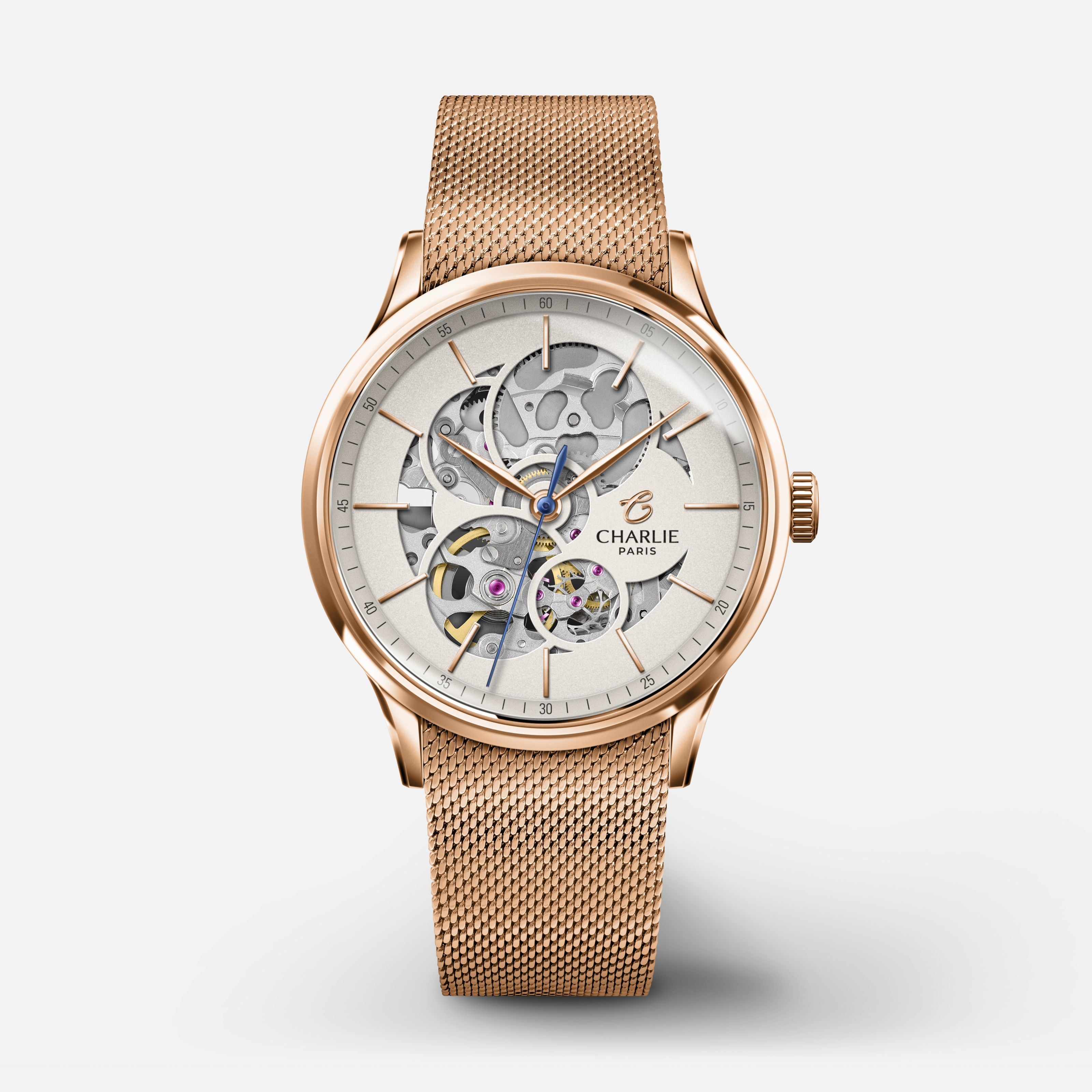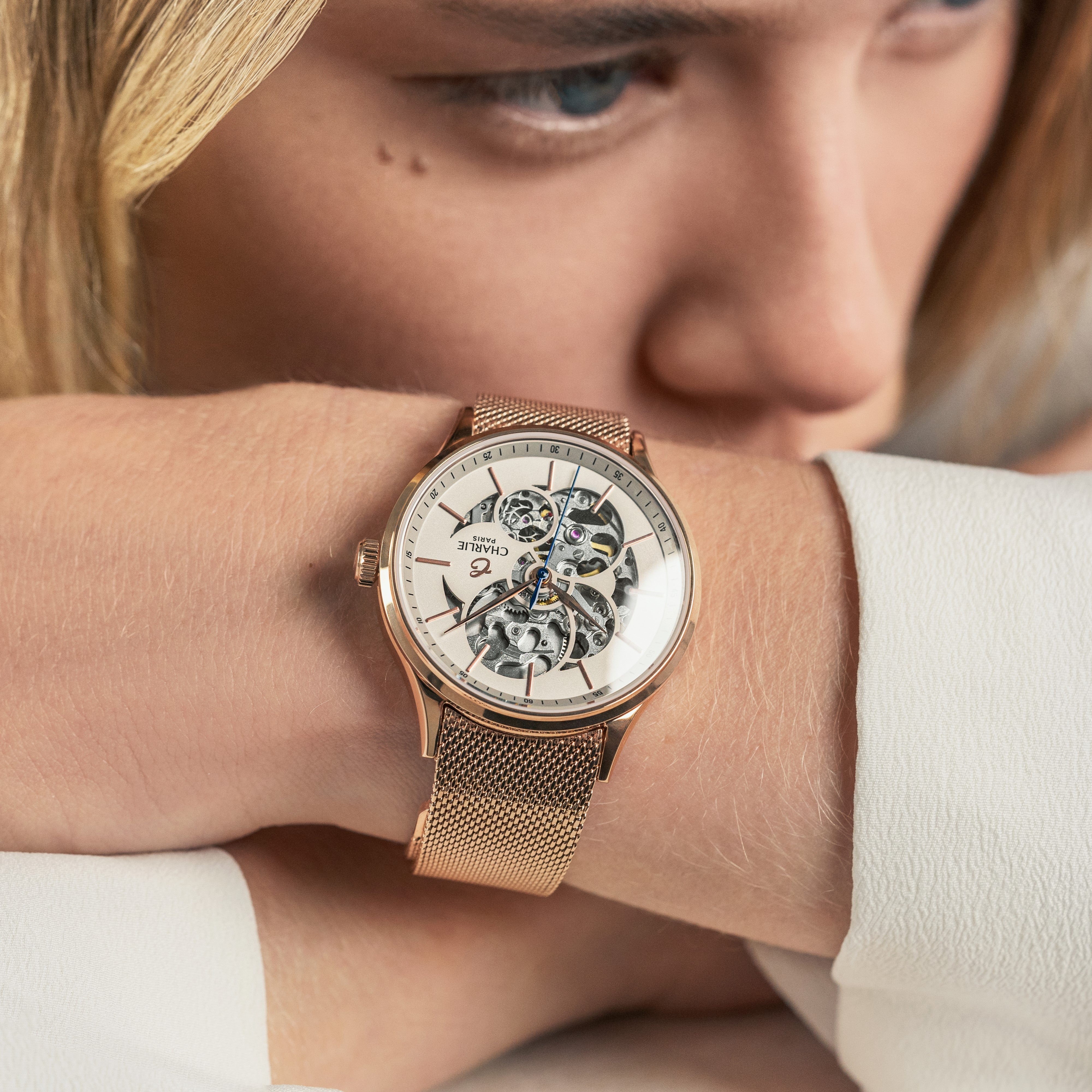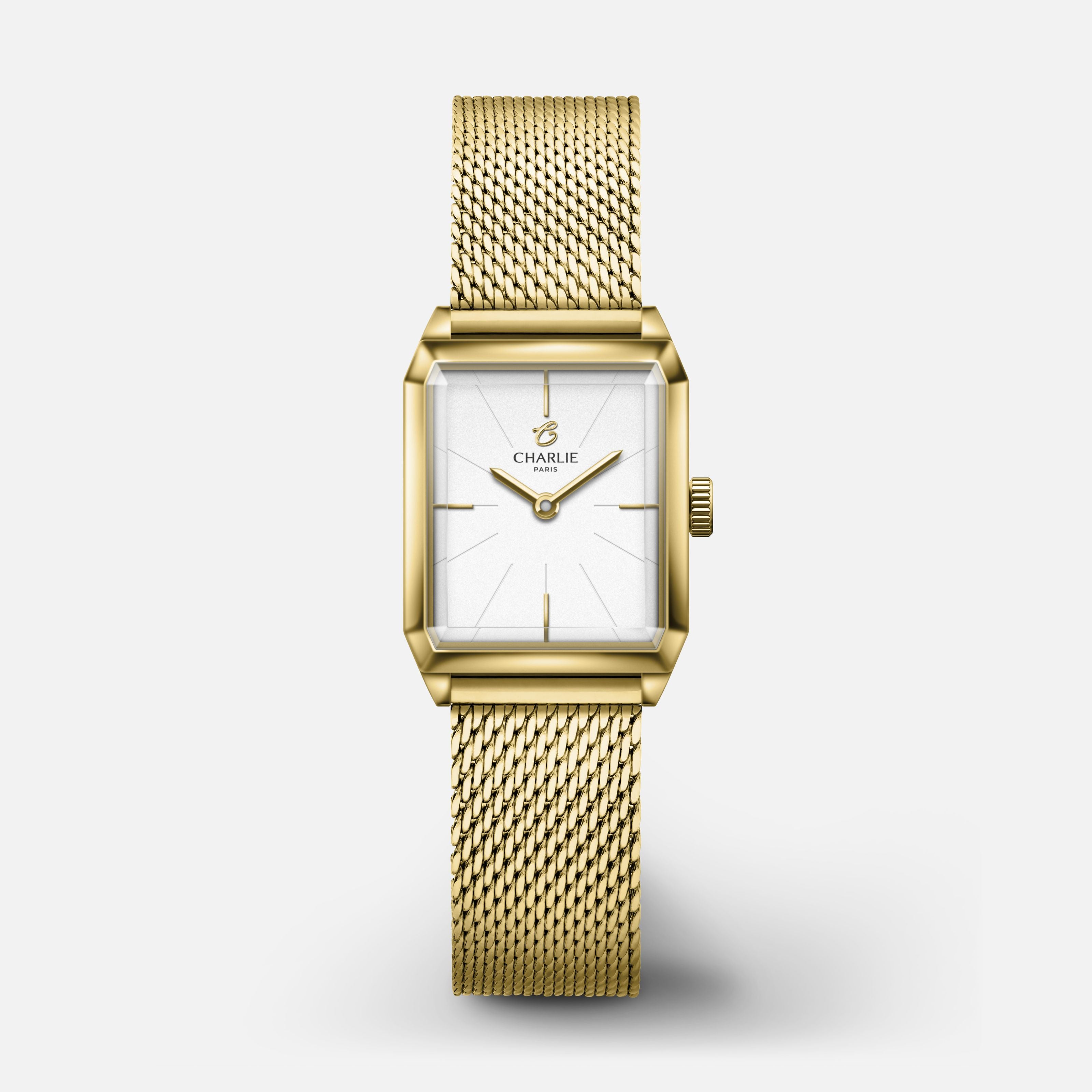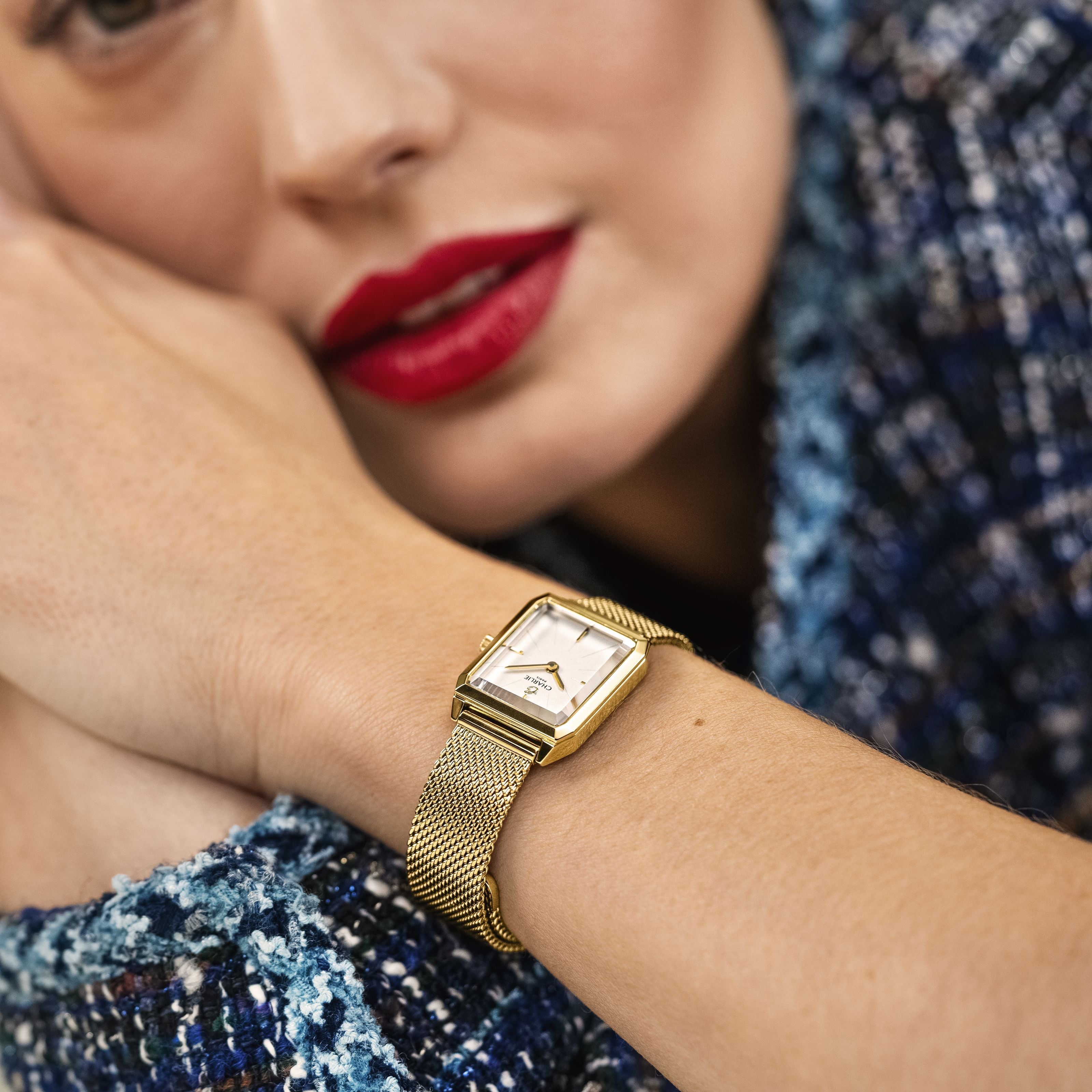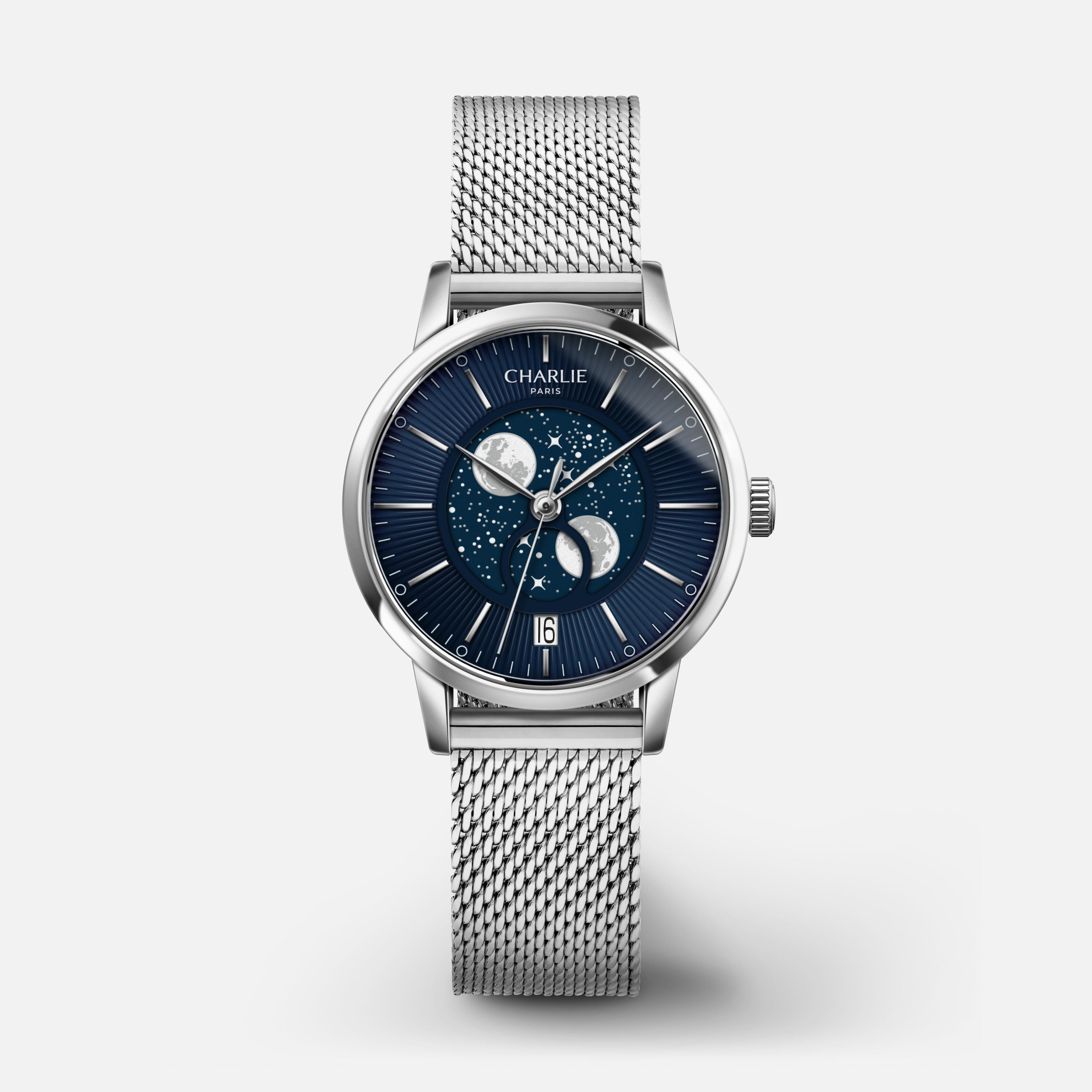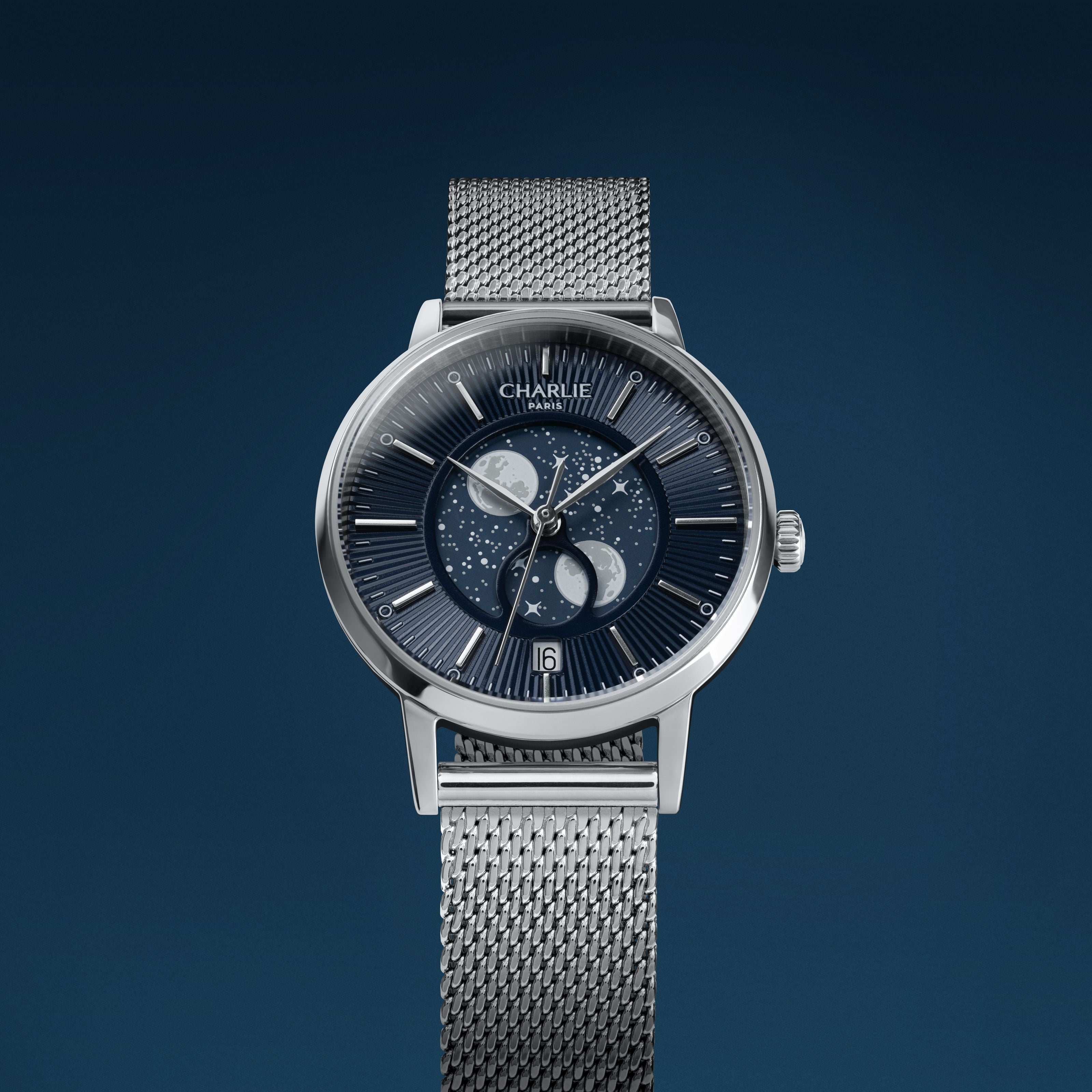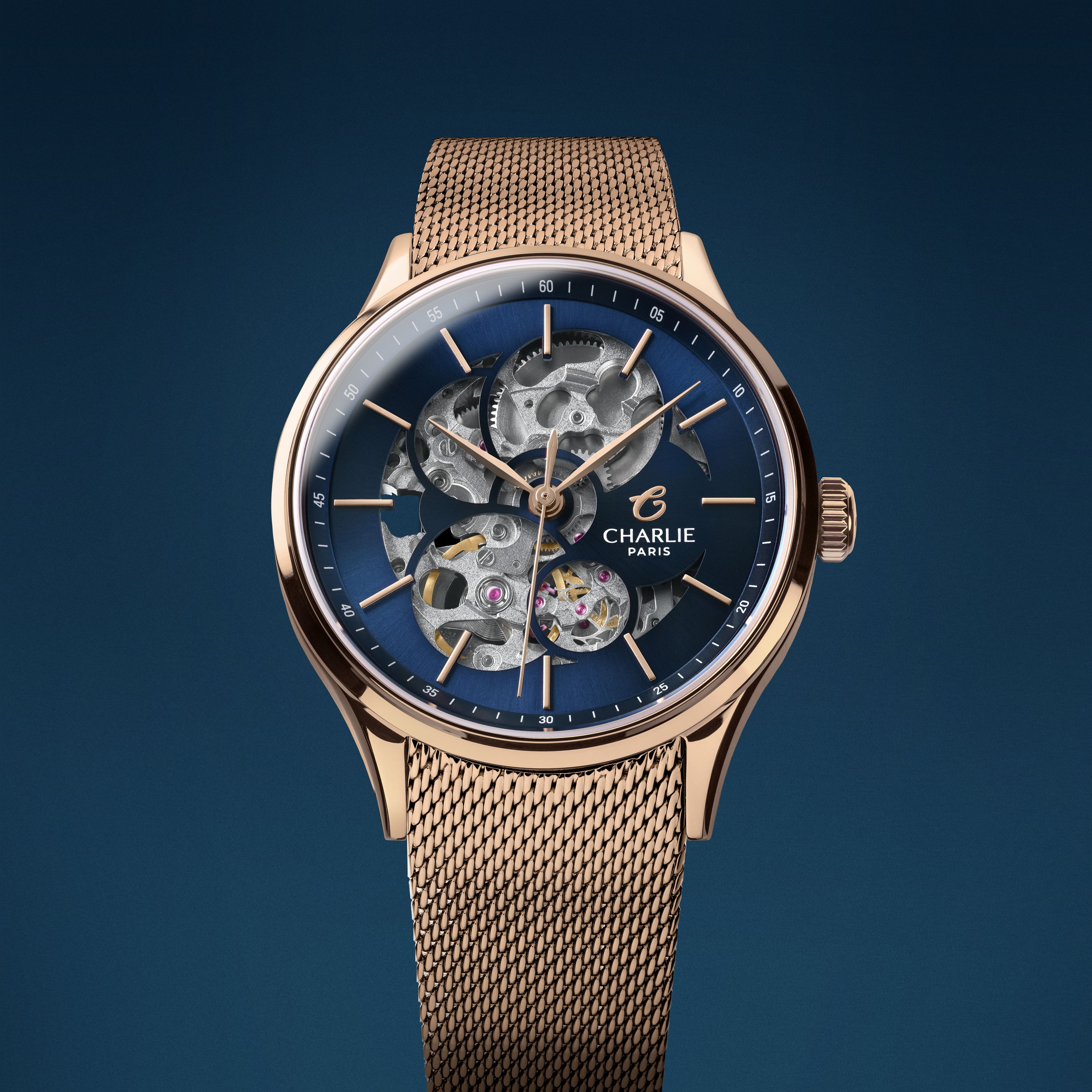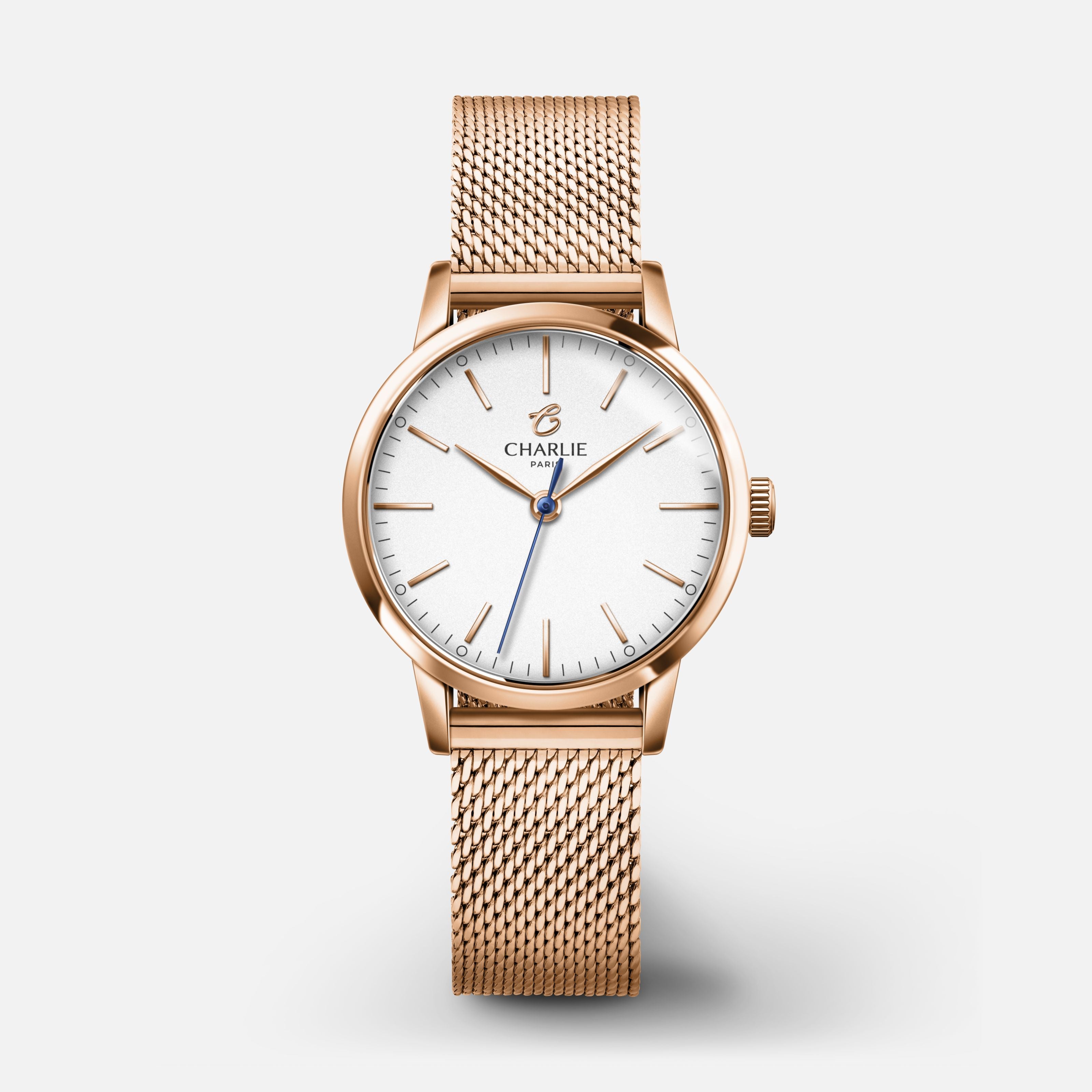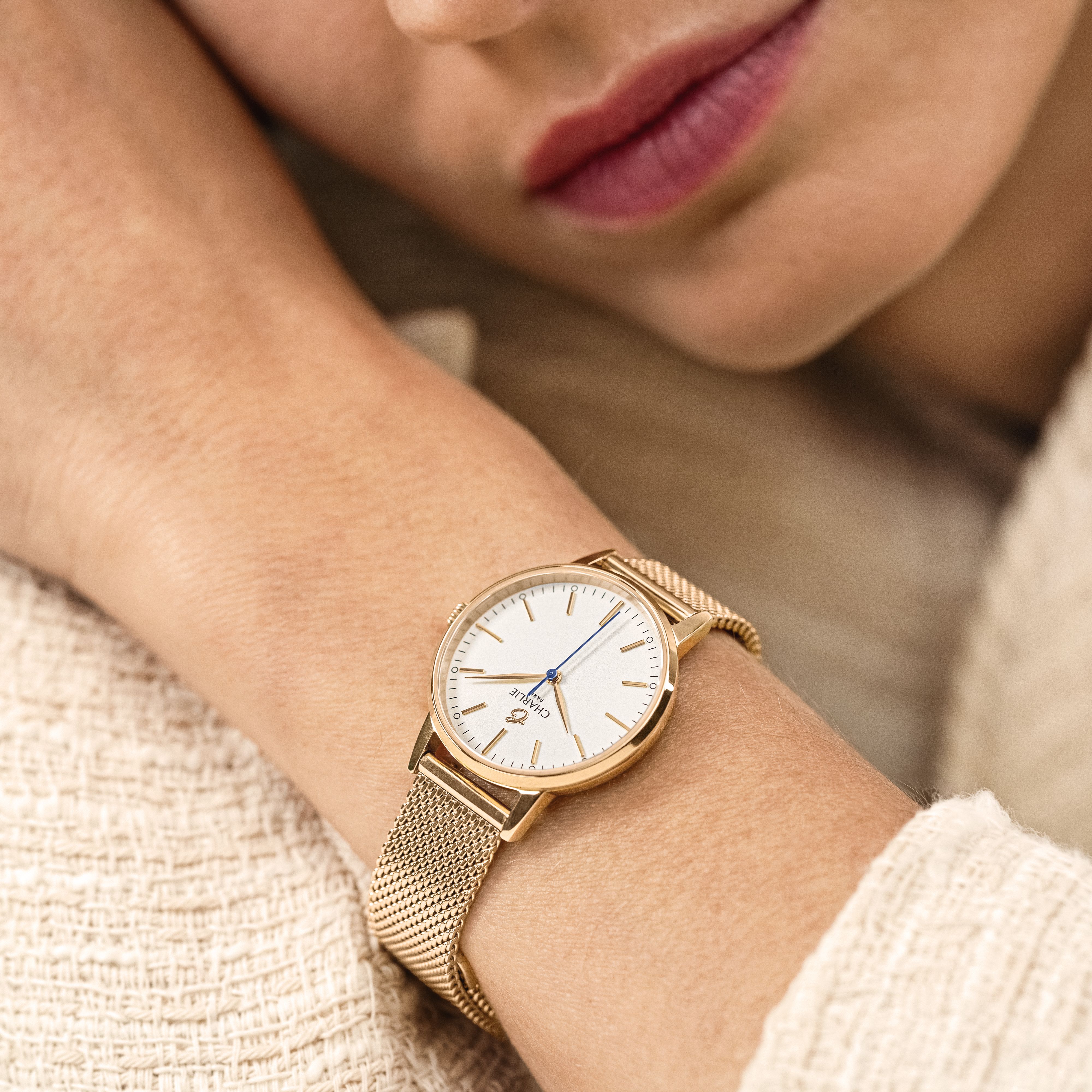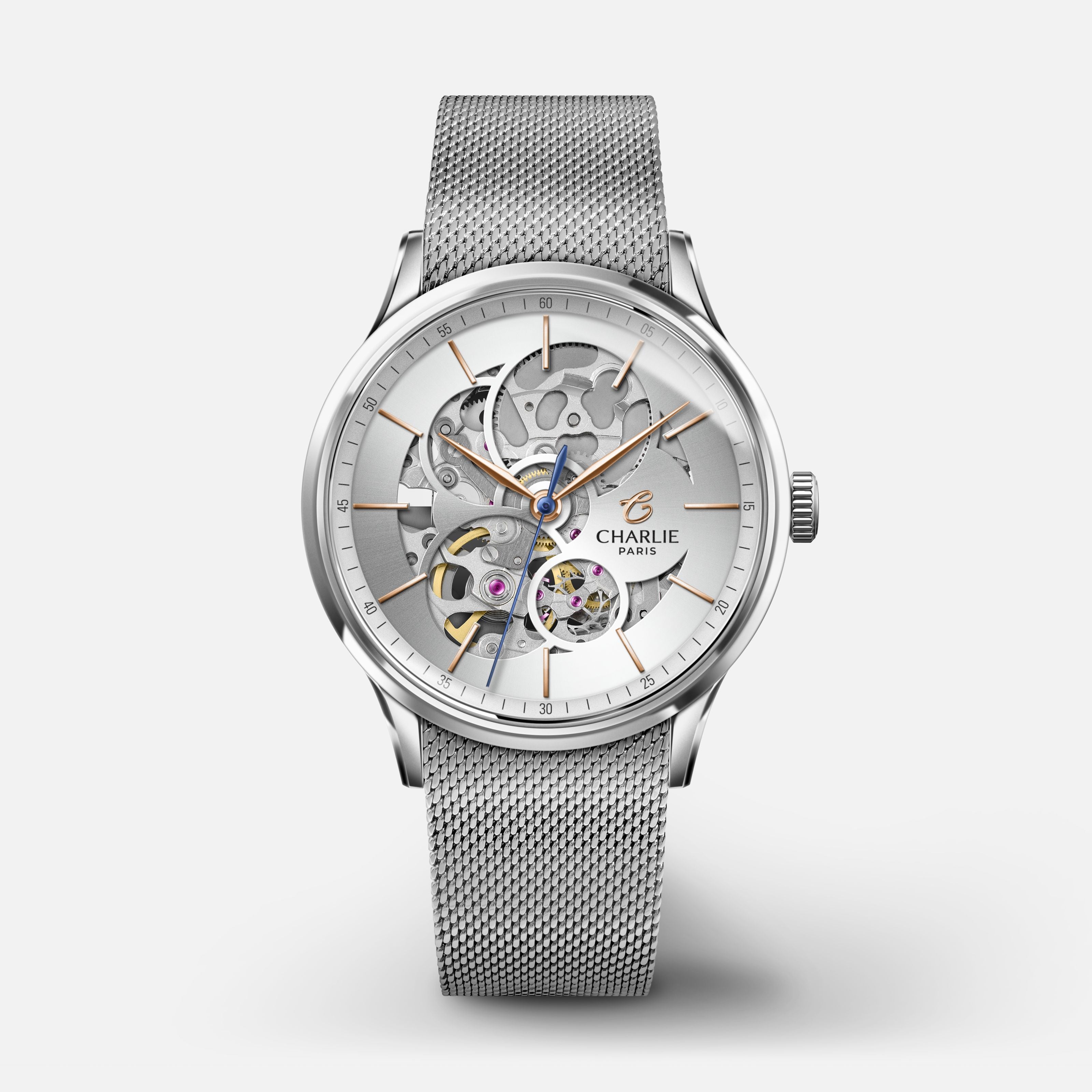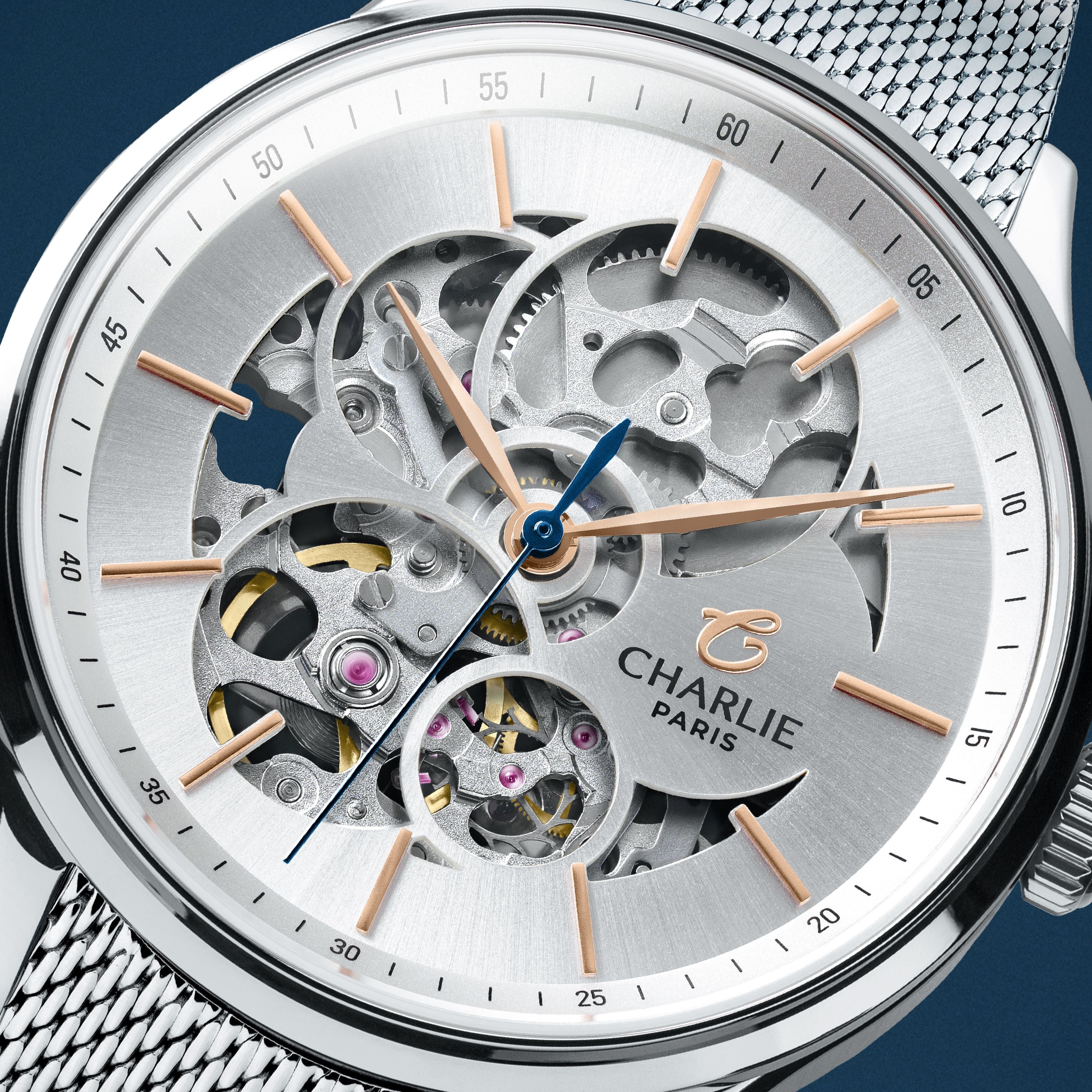No matter what type of watch you choose, the clockwise direction always runs from left to right. But why? That's what we will see in this article.
To understand the direction of rotation of the hands, you have to go back to Greek antiquity ... It is indeed during this period that the sundials were invented. The movement of the hands from left to right originated in Egypt around 1500 BC. At that time, the Greeks lived in the northern hemisphere, where the sun travels across the sky from east to west, passing through the south. As a result, the shadow on the sundial moved from left to right. Thanks to the shadow cast by a fixed rod, they discovered that it was possible to see the passage of time. The shadow of the sundial turns around the rod in the same direction as the hands. The Greeks had also distinguished that their shadow moved in this same direction and what could be more natural than to use a known movement for their inventions.
When the first clocks were created between the 12th and 15th centuries, it is most likely by habit and to follow the discoveries of the Greeks that this direction was chosen. The mechanical clock was invented in this same hemisphere and its creators were indeed inspired by this movement. You want to learn more about the history of time measurement? Check out our article on the history of French watchmaking!
But then, basically, wouldn't it change anything if the watch hands turned the other way? Not sure... Imagine if sundials and then clocks had been invented in the southern hemisphere, where the sun follows an east-west trajectory passing through the north: the shadow on the dial would have moved in the opposite direction, and consequently, the counter-clockwise direction would have been used to make the watches. Logical, right?!
The Made in France Charlie Paris watches are no exception to the rule! Whether it is a waterproof watch, a sports watch or an automatic watch, you will have noticed that our hands turn from left to right!
Read more

You may not have noticed it yet, but it's always 10:10 at Charlie Paris. Here are the real reasons: a historical event and aesthetic codes.

From the 13th century to today, from the beginnings of watchmaking to the rise of luxury timepieces, the history of French watchmaking through political, technical and social revolutions.


